Special Tools
| • | DT 47522 (DW 260-170) Valve Lifter Attachment |
| • | DT 47523 (DW 260-180) Valve Lifter |
| • | DT 47530 (DW 260-250) Spring Pin Installer |
| • | DT 47531 (DW 260-260) Output Gear Holder |
| • | DT 47532 (DW 260-270) Output Gear Locknut |
| • | DT 47533 (DW 260-280) Input Shaft Oil Seal Installer |
| • | DT 47534 (DW 260-290) Differential Side Oil Seal Installer (Oil Pan Side) |
| • | DT 47535 (DW 260-300) Differential Front Side Oil Seal Installer |
- Using DT 47533 (1), install the input shaft oil seal of the converter housing.
- Using DT 47534 (1) and DT 47535 (2), install the differential side oil seal of the converter housing case.
- Install the output gear bearing support (2) with converter housing facing upward.
- Install the output gear.
- Hold the output gear using DT 47531 (1) to install the output gear locknut using DT 47532 (2).
- Attach the race-combined bearings to the bottom of the low clutch (1) with petroleum jelly, and install the low clutch drum so that it is engaged with the low & reverse brake plates.
- Attach the bearing to the side cover side and the race-combined bearing to the torque converter side of the rear internal gear (1) with petroleum jelly, and install the rear internal gear (1) so that it is engaged with the low clutch plates.
- Attach the bearing to the side cover side and the race to the engine of the rear carrier assembly (1) with petroleum jelly, and install the rear carrier assembly (1) so that it is engaged with the internal gear.
- Install the rear sun gear (1) to the rear carrier assembly with the polished face downward.
- Install the low 1-way clutch in the front carrier so that the flange (1) side of the clutch faces the torque converter side.
- Ensure that the clutch rotates clockwise smoothly and locks in the counterclockwise direction.
- Attach the bearings to the side cover side and the race-combined bearing to the torque converter side of the front carrier (2) with petroleum jelly, then install the front carrier (2) and the low 1-way clutch (1) as a unit, following the guide of the case.
- Ensure that the front carrier periphery spline is engaged with that of the low clutch. Ensure that the low 1-way clutch (1) is flush with the top of the front carrier.
- Install the snap ring.
- Attach the bearing to the side cover side and the race to the torque converter side of the front sun gear assembly (1) with petroleum jelly, and install the assembly in the front carrier.
- Attach the bearing to the side cover side of the high clutch hub (1) with petroleum jelly, and install the hub (1) in the front sun gear assembly.
- Install the brake band anchor end pin (1) in the case.
- Apply AT fluid to the new O-ring (1) then install them to the band servo piston.
- Before installing the band servo cover, remove any scratches from the case surface with sandpaper (1).
- Insert the band servo piston into the case and push it into the snap ring groove using DT 47523 (1) and DT 47522 (2) then fasten the snap ring (3).
- Gently tighten the anchor end nut of the band servo stem shaft so that the air vent pin does not drop.
- Fix the spring to the center of the piston with petroleum jelly.
- Attach the bearing to the side cover side of the high clutch assembly (1) with petroleum jelly, and install the high clutch assembly (1) so that it is engaged to the high clutch hub.
- Install the reverse clutch drum (1) so that it is engaged to the high clutch hub.
- Through the anchor end pin and the piston, install the brake band (1) level with the reverse clutch. Then gently tighten the piston.
- Loosen the anchor end nut as much as possible. Tighten the band servo stem with the specified torque. Then loosen it back by 2.5 turns from that position. Then tighten the anchor end nut with the specified torque while holding the piston stem (1).
- Apply AT fluid to the O-ring.
- Insert the band servo cover (1) horizontally.
- Install the snap ring.
- Measure the side the side cover end play and select a suitable thrust washer.
- Measure dimension a from the case installation surface of the side cover to the sealing surface of the race bearing.
- Measure dimension b from the side cover installation surface of the case to the top of the high clutch bearing.
- Calculate the clearance by the formula "Dimension b minus Dimension a", and select a suitable race so that Dimension t1 will be the specified clearance.
- Measure Dimensions a1 and a2 of the side cover.
- Calculate Dimension a by the formula "a2-a1".
- Measure Dimension b from the side cover installation surface of the case to the washer seating surface of the reverse clutch.
- Calculate the clearance by the formula "Dimension b minus Dimension a", and select a suitable thrust washer so that Dimension t2 will be the specified clearance.
- Apply sealant (2) to the side cover (1) as shown.
- Position the three O-rings (2) in the case.
- Install the side cover (1) in the case, and tighten the bolts with the specified torque and tighten to 21 N·m (15 lb ft).
- Install the parking rod (2) and the parking lever as a unit in the case, and install the E-ring (1).
- Install the O-ring in the manual shaft, and insert the manual shaft from inside the case.
- Tighten the manual shaft lock bolt (2) and tighten to 7 N·m (61 lb in).
- Install the manual plate (2) in the manual shaft (1). Fix the manual shaft outside the transmission case and tighten the manual plate nut and tighten to 13 N·m (115 lb in).
- Install the solenoid connector (1) in the case.
- While hanging the detent spring (3) on the manual plate (1), engage the manual valve (2) with the manual plate pin, and install the control valve.
- Ensure that the valve is fixed to the location pin.
- After installing the valve, ensure again with your fingers that the manual valve is engaged with the manual plate pin.
- Tighten the control valve (3) installation bolts and tighten to 8 N·m (70 lb in).
- Tighten the oil temperature sensor (1) and the ground terminal together.
- Install the same colored connector in each solenoid (2).
- Install the magnet in the oil pan (1).
- Apply sealant (2) to the oil pan (1).
- While fixing the stiffener (2) to the 4 oil pan bolts, tighten the oil pan installation bolts and tighten to 13 N·m (115 lb in).
- Install the parking lock support, and tighten to 27 N·m (19 lb ft).
- Position the parking pawl (4) and the parking spring (4) the hole, and fix them by inserting the shaft.
- Tighten the stopper bolt (2) of the parking pawl shaft and tighten to 5 N·m (44 lb in).
- Install the reduction gear (1) with the converter housing facing upward.
- Insert the input shaft in the center of the output gear. Install the oil pump (2) and tighten the bolts with the specified torque. Then, install the O-ring in the input shaft and tighten to 13 N·m (115 lb in.
- Install the differential assembly (1) so that it is engaged with the reduction gear.
- Select a differential assembly shim.
- Measure dimension L1 from the case installation surface of the converter housing to the seating surface of the shim bearing.
- Measure dimension L2 from the converter housing installation surface of the case to the top of the differential assembly side bearing.
- Calculate the clearance by the formula Dimension L1 Dimension L2 and select a suitable shim so that Dimension A will be the specified clearance.
- Apply sealant (2) to the converter housing (1).
- Install the converter housing (2) aligning with the case alignment pin (1).
- Tighten the converter housing (1) installation bolts and tighten to 30 N·m (22 lb ft).
- Install the vehicle speed sensor (1), and tighten the bolt and tighten to 7 N·m (61 lb in).
- Install the turbine sensor (1), and tighten the bolt and tighten to 7 N·m (61 lb in).
- Install the shift lever switch through the manual shaft, and temporarily tighten the bolt.
- Embed the select lever assembly in the manual shaft, and install the spring pin using DT 47530 (1).
- Move the select lever assembly to shift into "N" range. Insert a 3 mm (0.11 in) pin (drill bit) (1) in the location holes of the shift lever switch and the select lever assembly. Then tighten the bolts of the shift lever switch and tighten to 3 N·m (26 lb in).
- Align the convex section of the oil cooler with the case cut-out (1), and tighten the oil cooler installation bolt (2) and tighten to 35 N·m (25 lb ft).
- Insert the oil filler tube (1) in the case, and fix it to the case together with solenoid connector, and install the mounting bolt and tighten to 7 N·m (61 lb in).
- Install the brackets (2, 3) and select cable bracket (1), and tighten the bolts.
- Install the bracket (1), and tighten the bolts and tighten to 44 N·m (32 lb ft).
- Pour AT fluid to the extent that the AT fluid does not spill when setting up the converter.
- Install the converter, turning it until the converter sleeve cut-out is aligned with the input shaft.
- Measure dimension a from the edge of the converter to the edge of the case to ensure that the converter is installed properly.
- Install the torque converter (2).
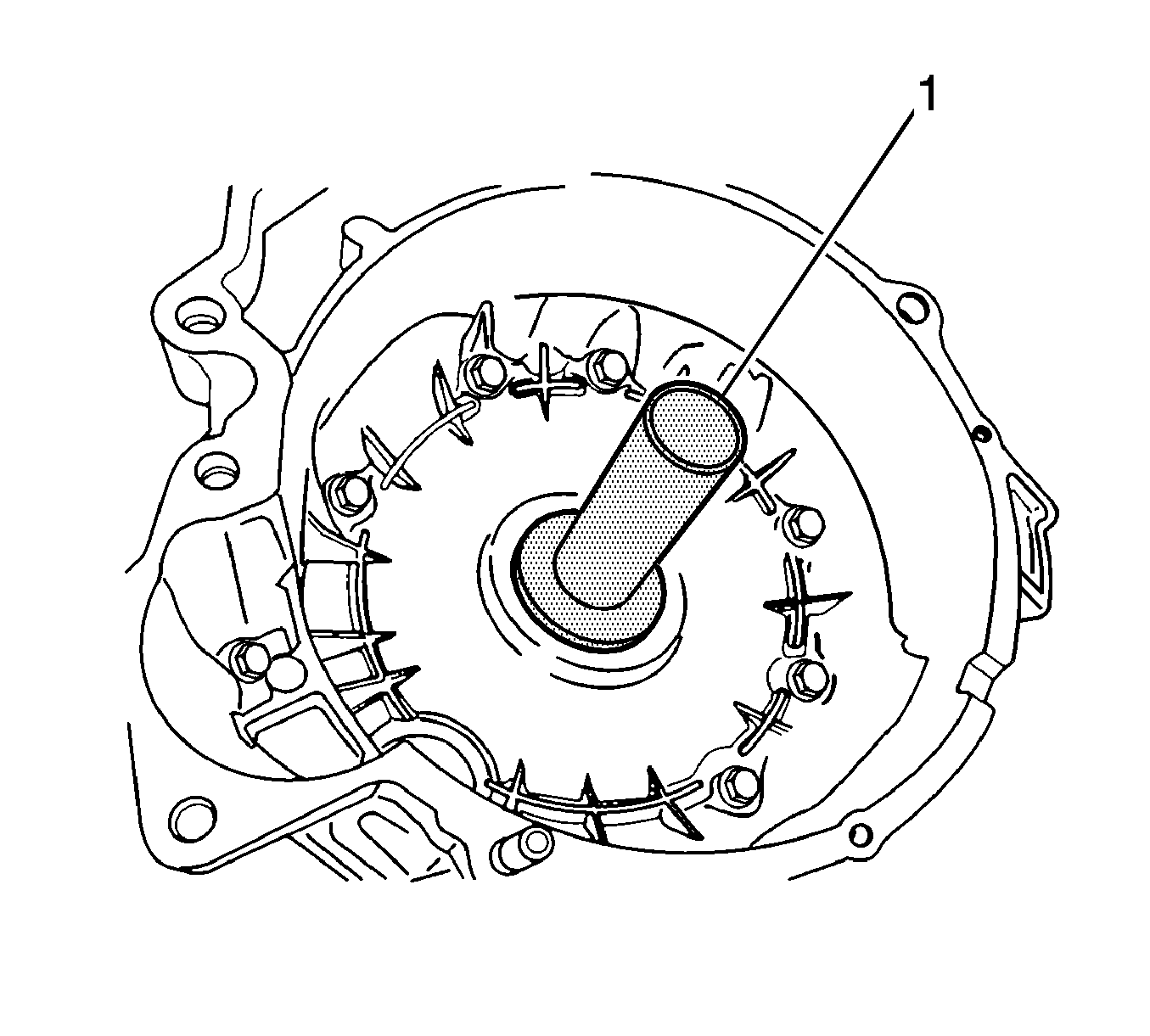
Note:
• Do not reuse the oil seal. • Apply grease to the lip of the oil seal. • The oil seal must be flush with the converter housing surface when installed.
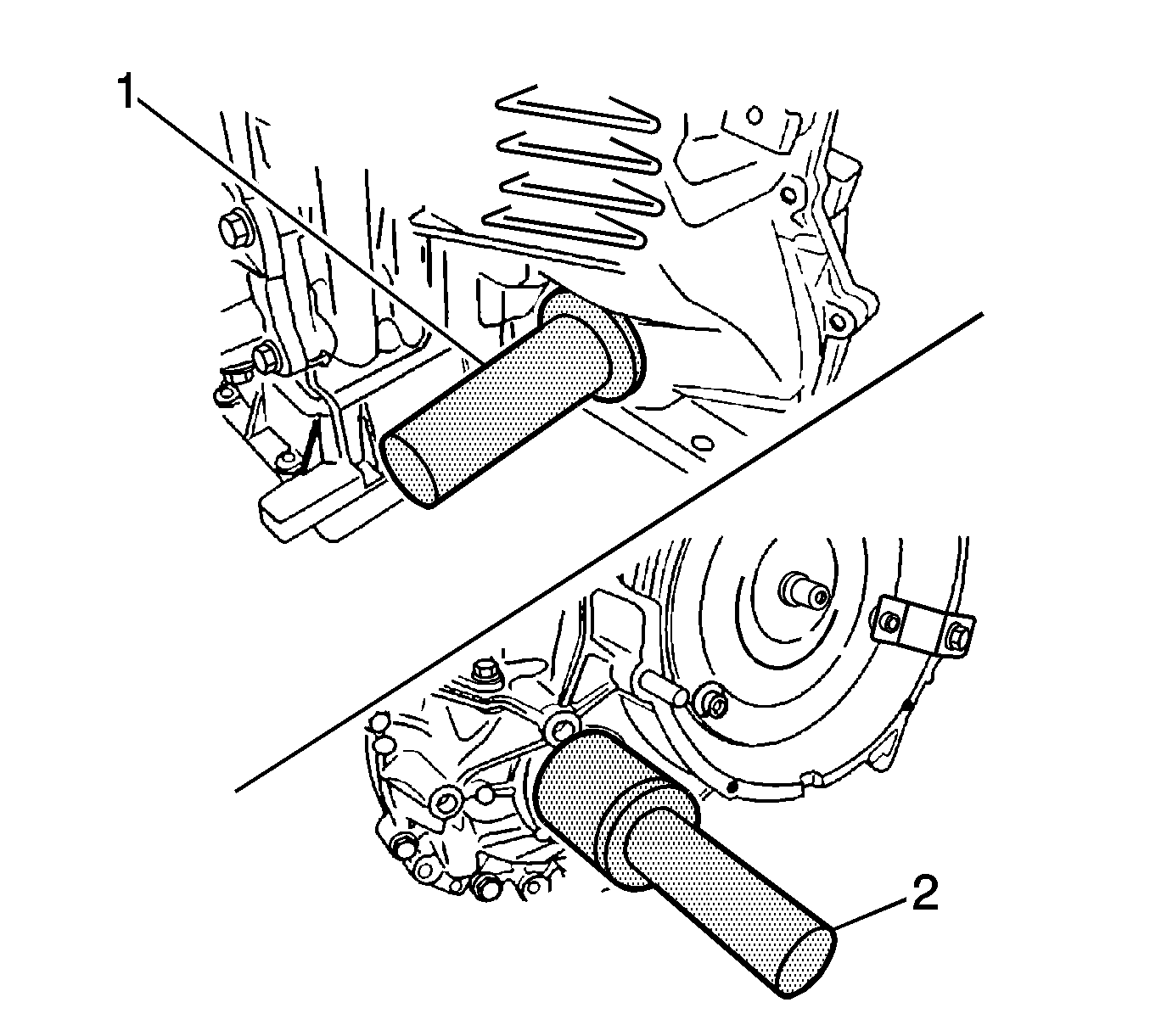
Important:
• Do not reuse the oil seal. • Apply grease to the lip of the oil seal. • Push the oil seal to the end.

Note: Align 2 of the 3 oil inlets (3) on the oil inlets on the oil pan side of the case with the oil inlet cut-out (1) of the output gear bearing support (2).
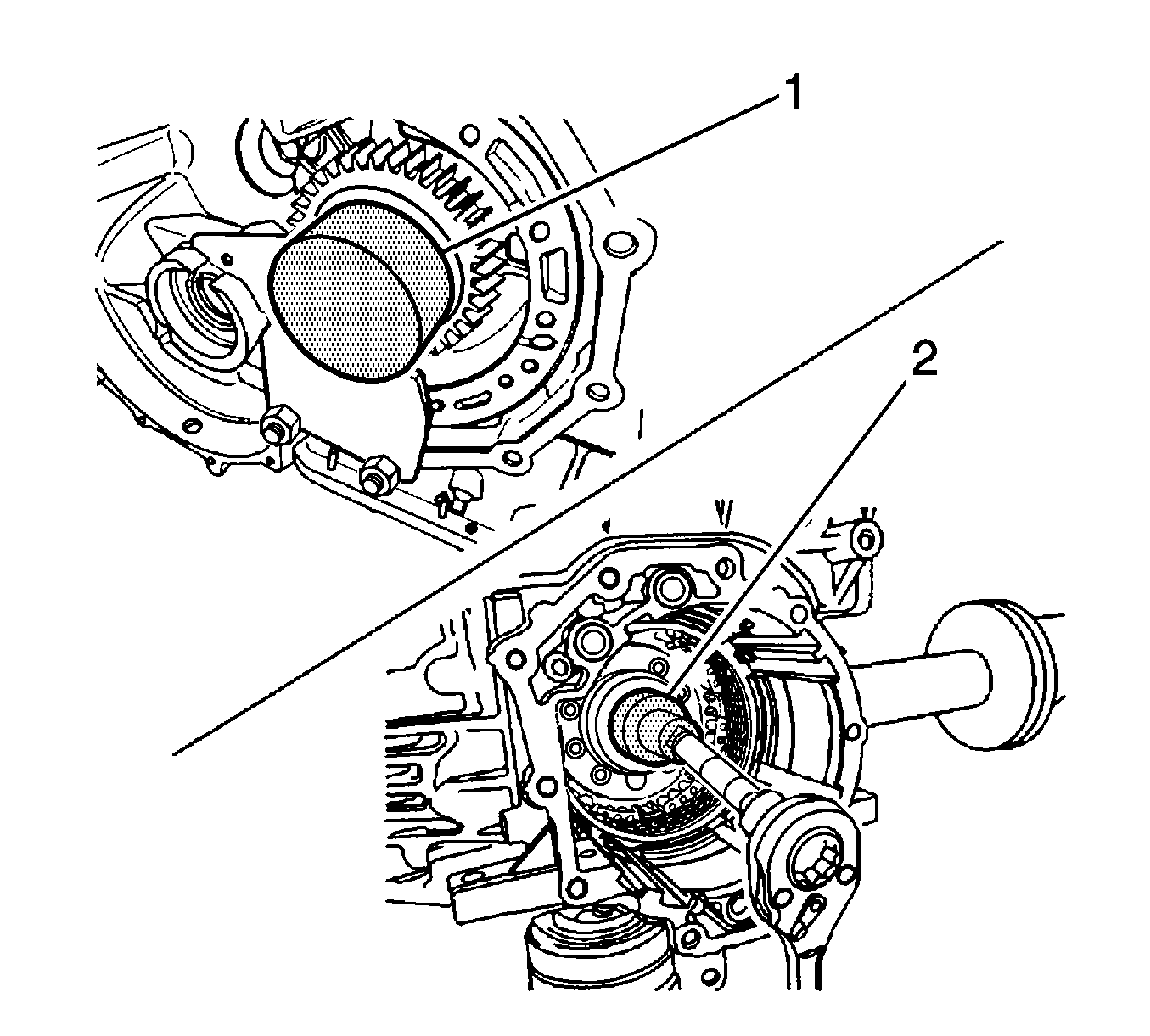
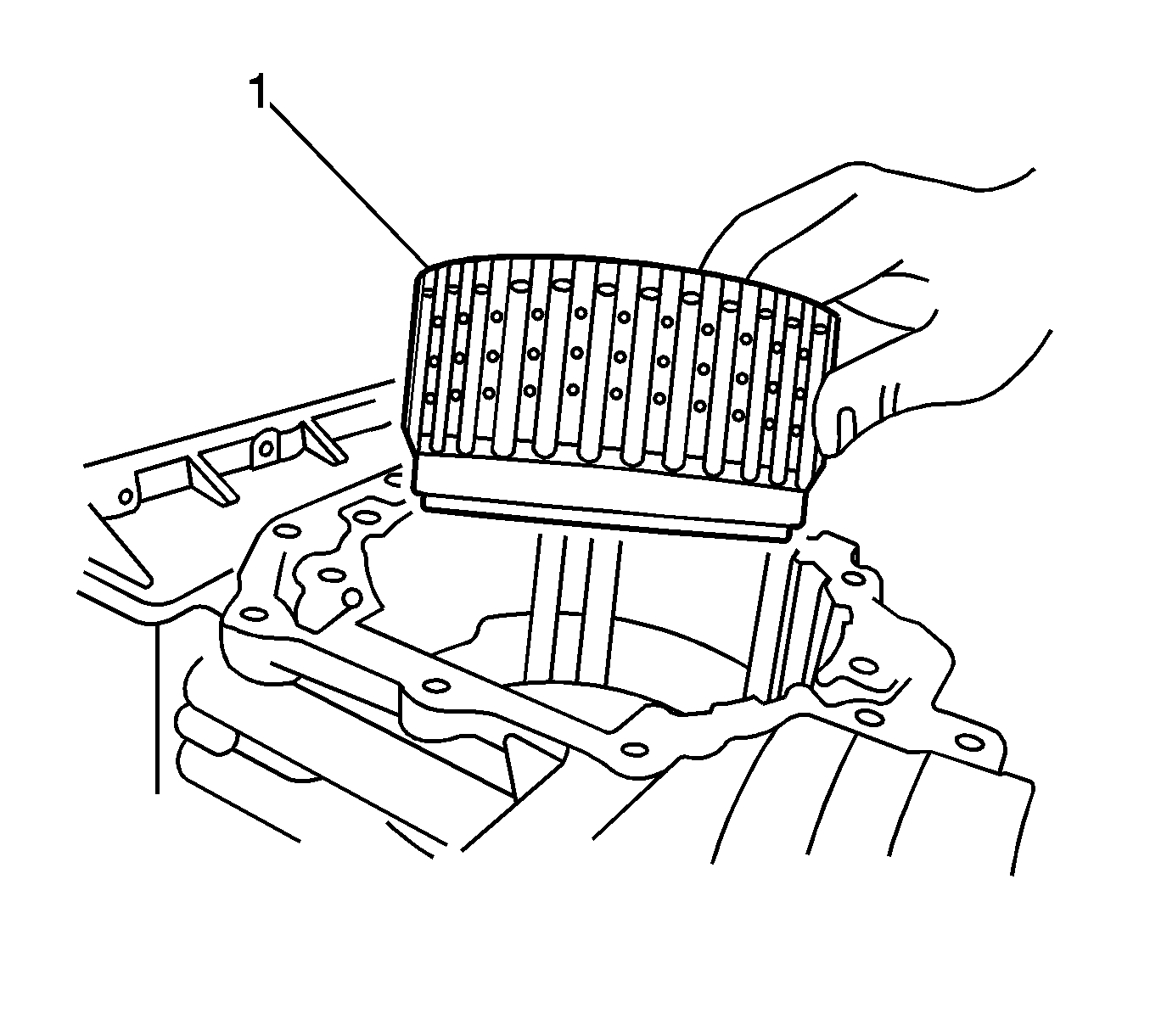
Note: Be careful not to drop the bearing.
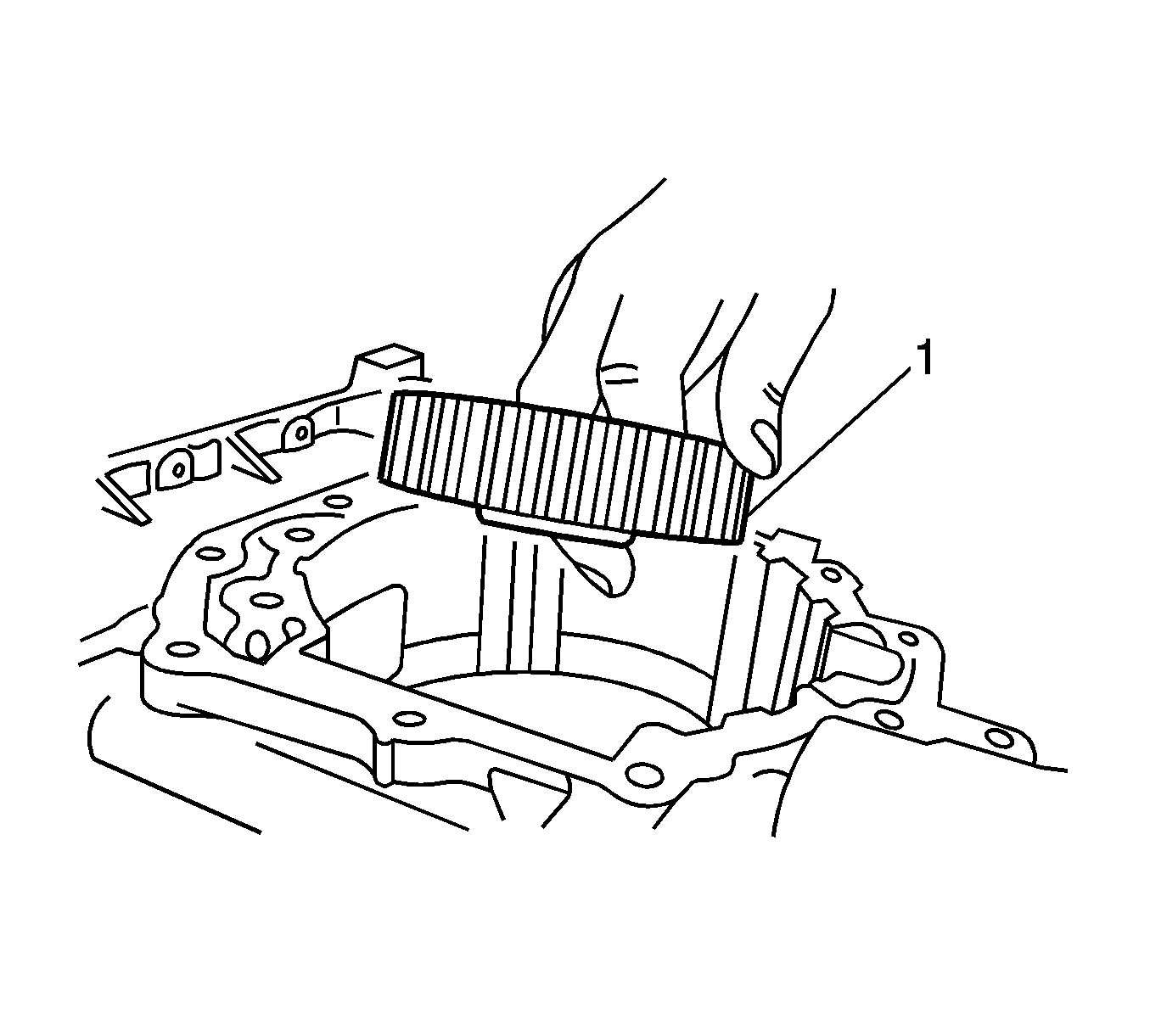
Note:
• When installing the internal gear, be careful not to catch the Teflon ring of the case side inner race. • Be sure to install at the bottom of the low clutch. • Be careful not to drop the bearing.

Note: Be careful not to drop the bearing race.
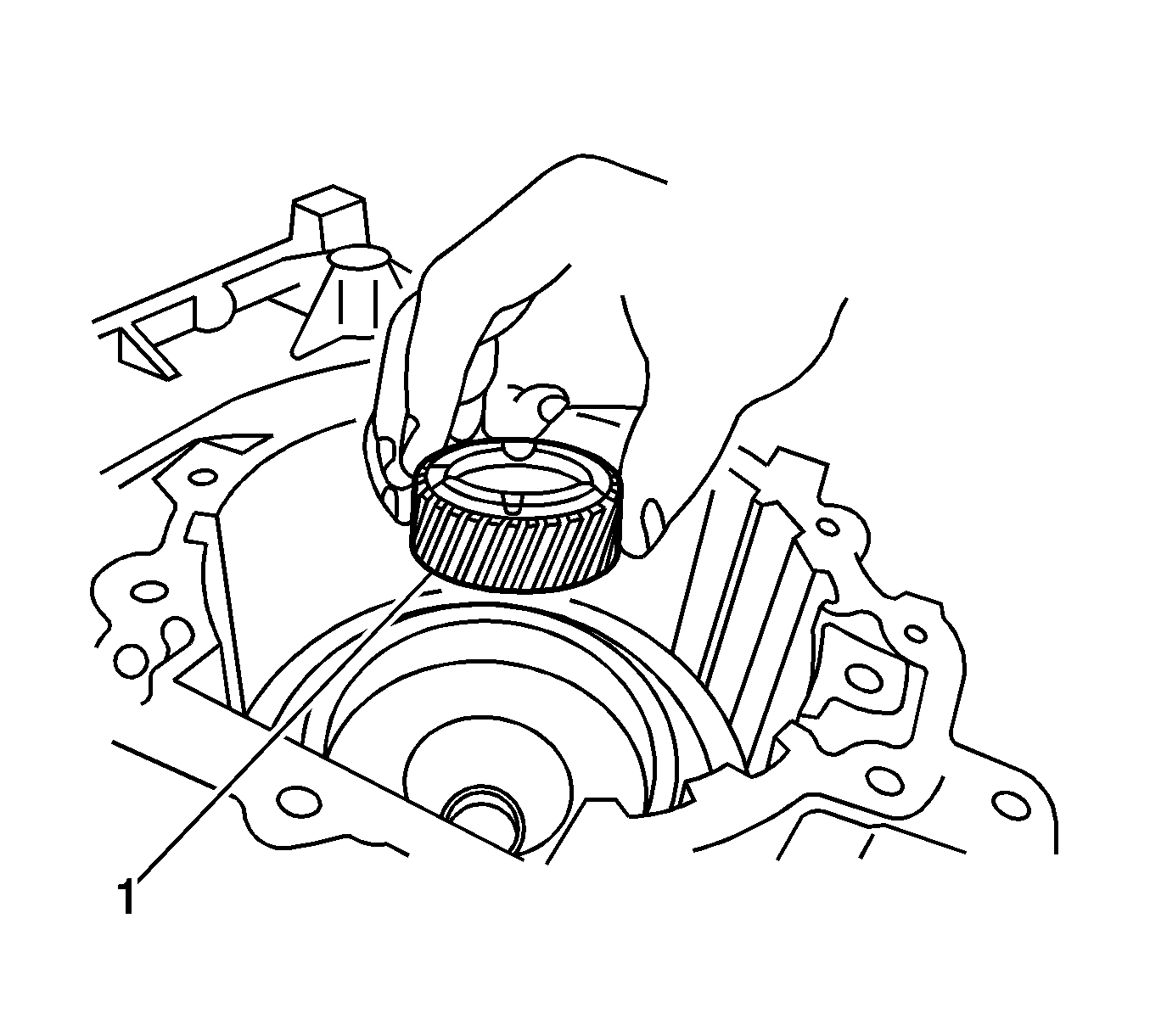
Note: Note the direction of the rear sun gear.
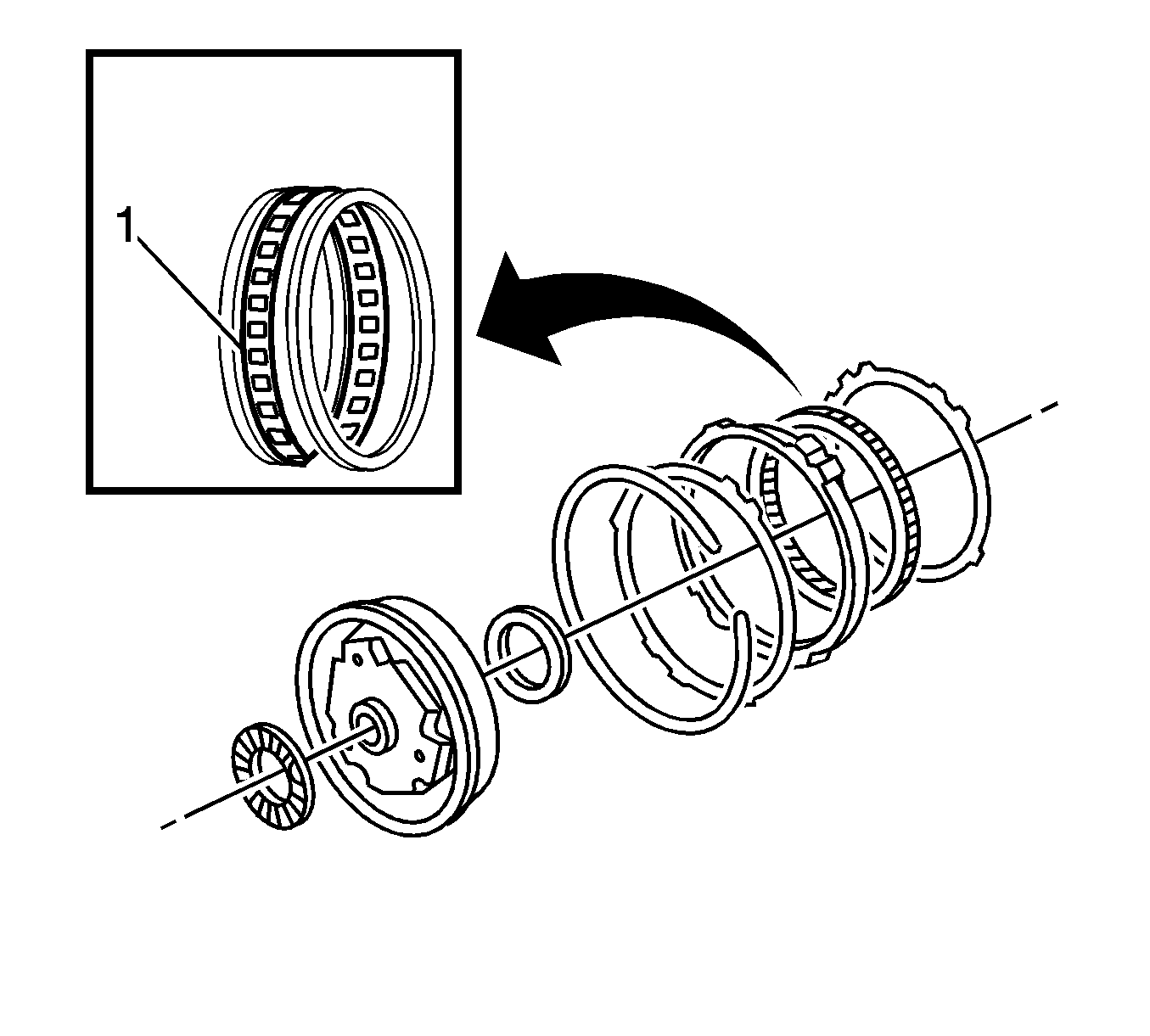
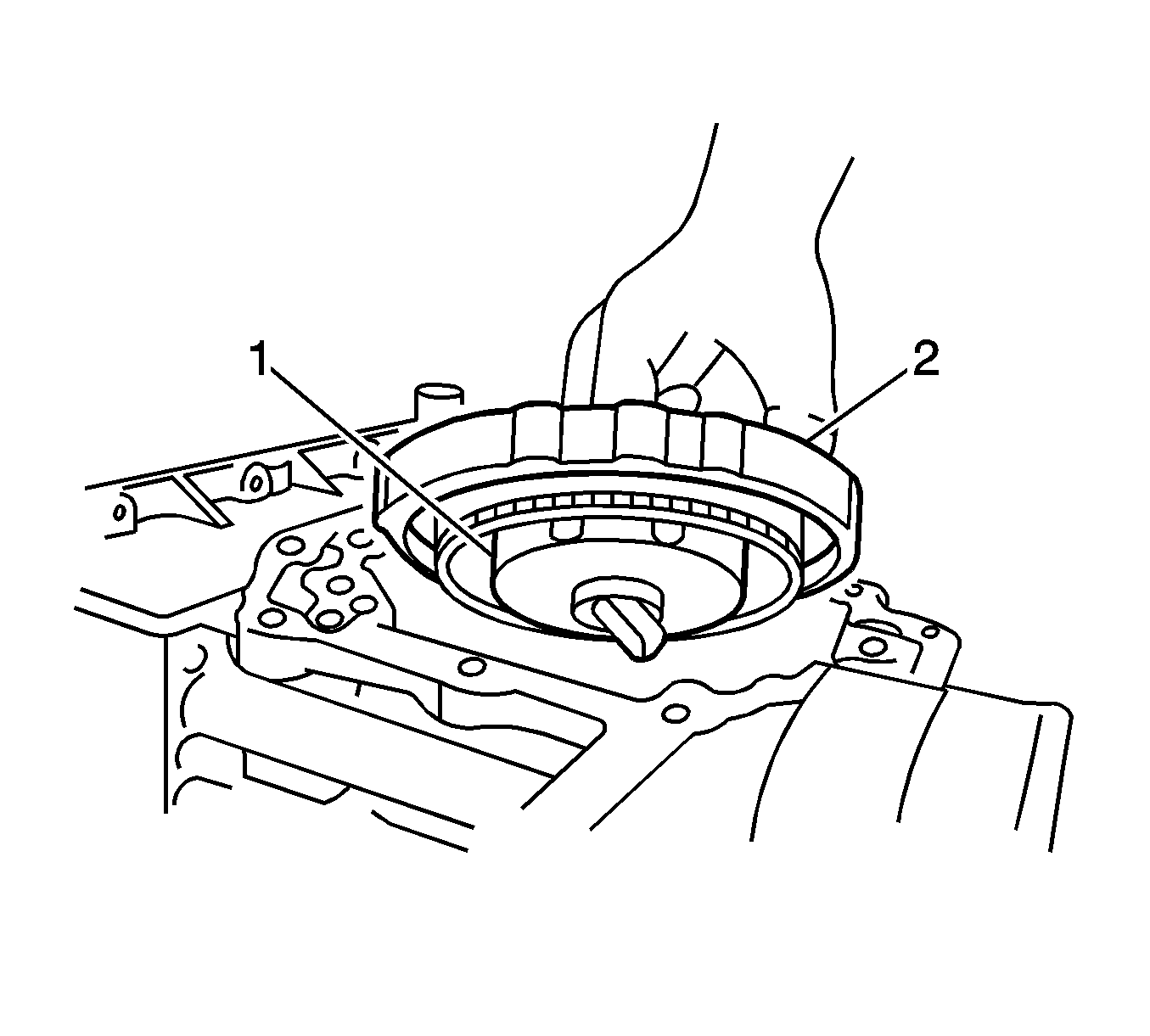
Important: Be careful not to scratch the 1-way clutch with a screwdriver.
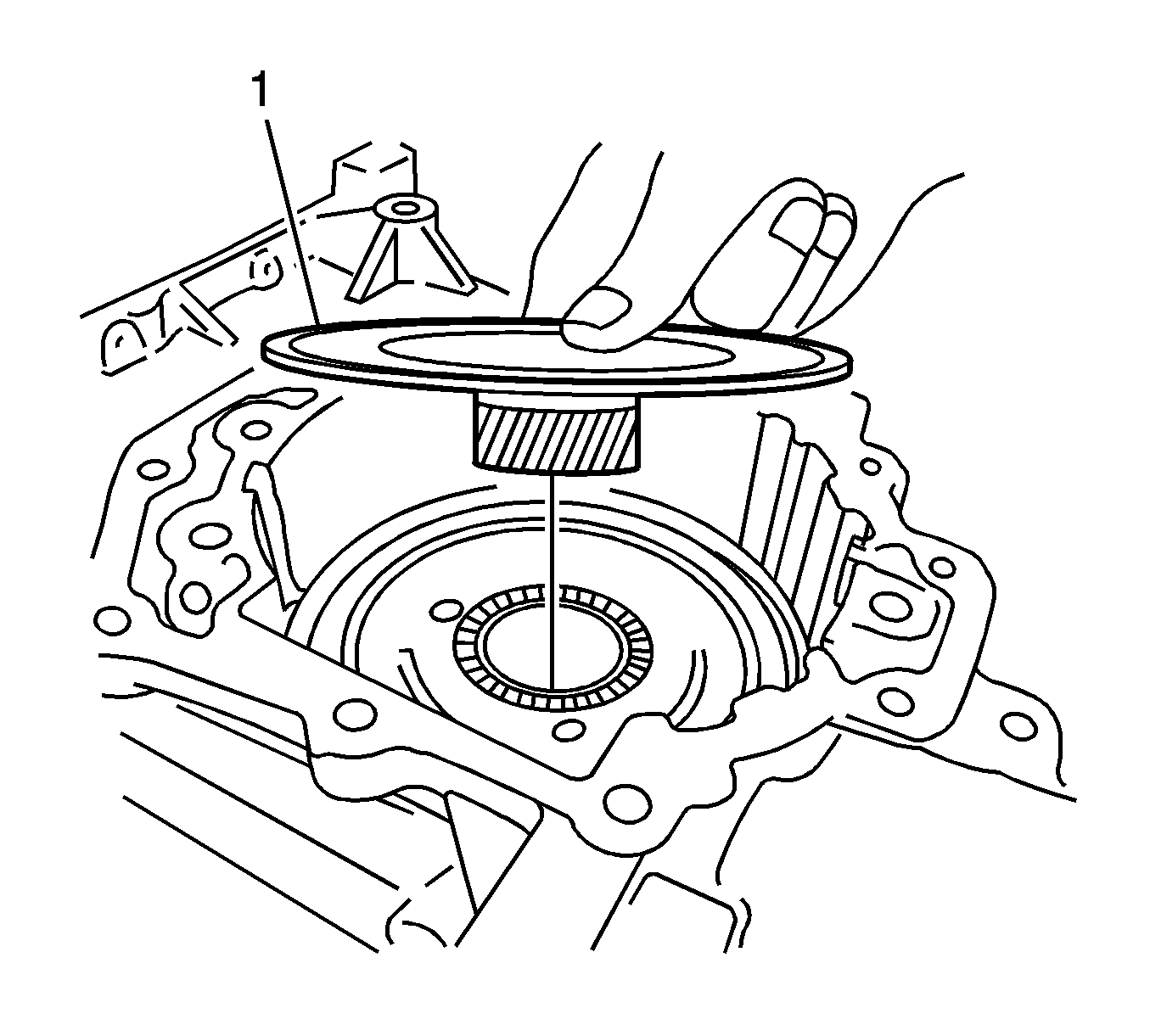
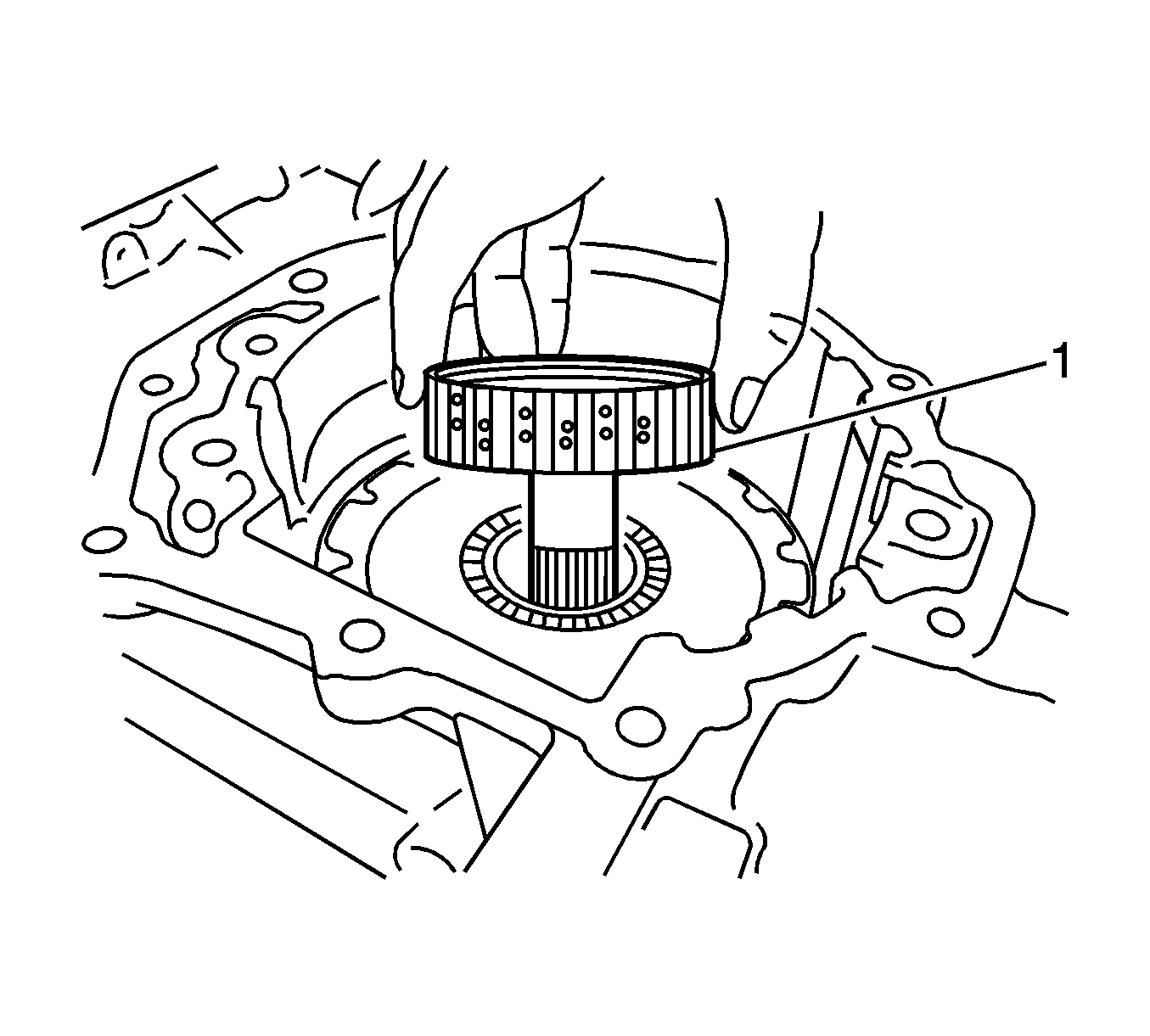
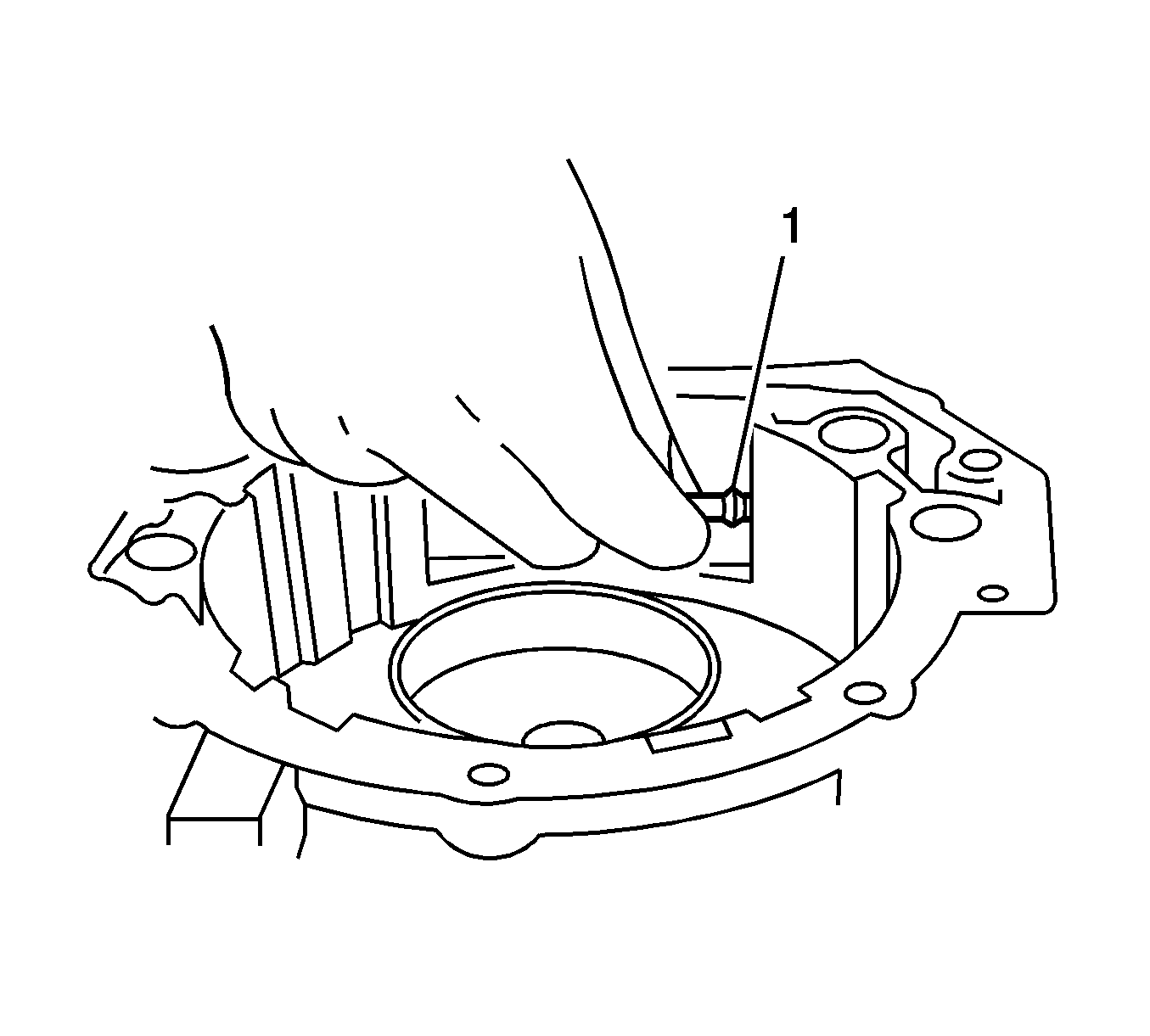
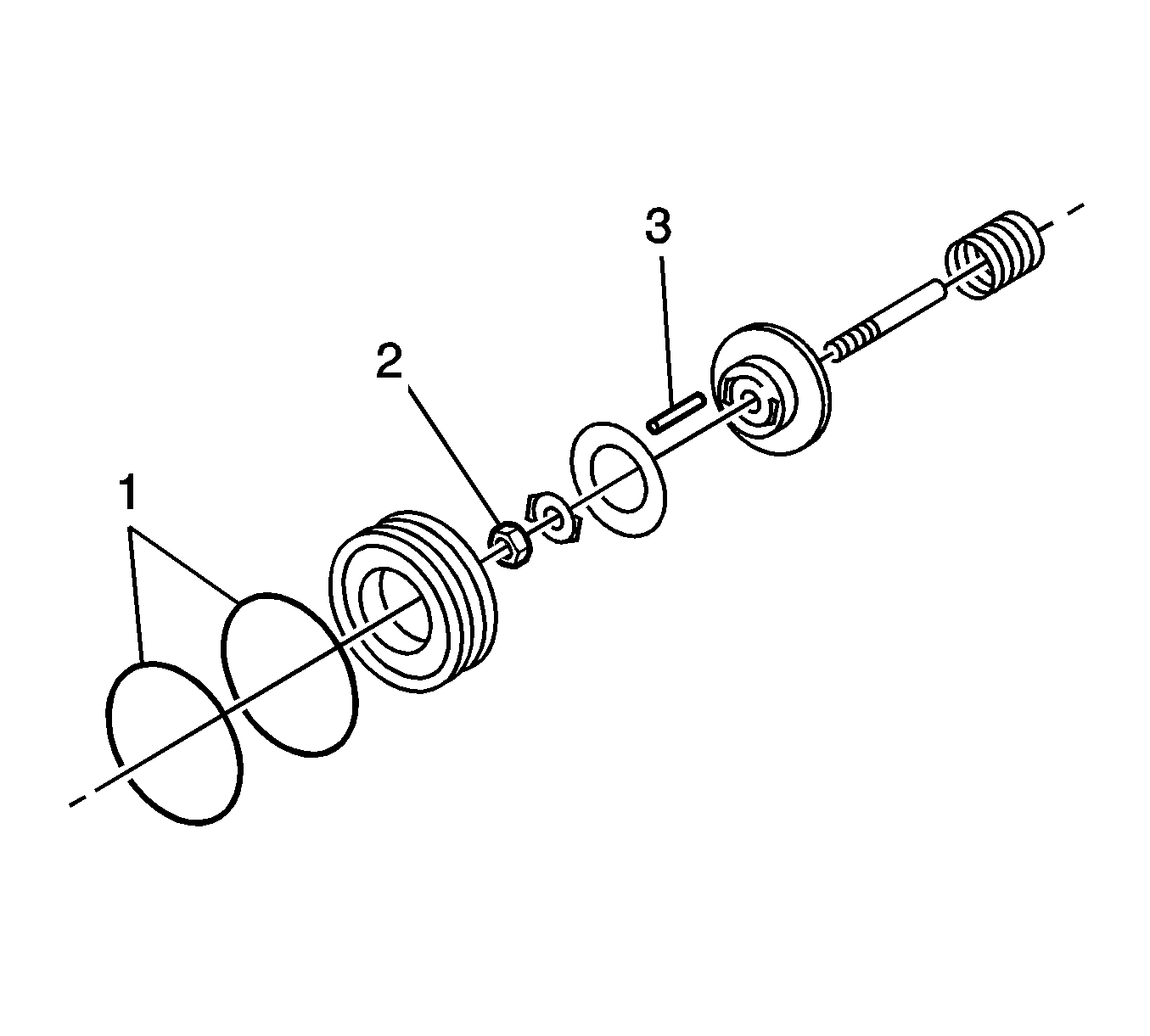
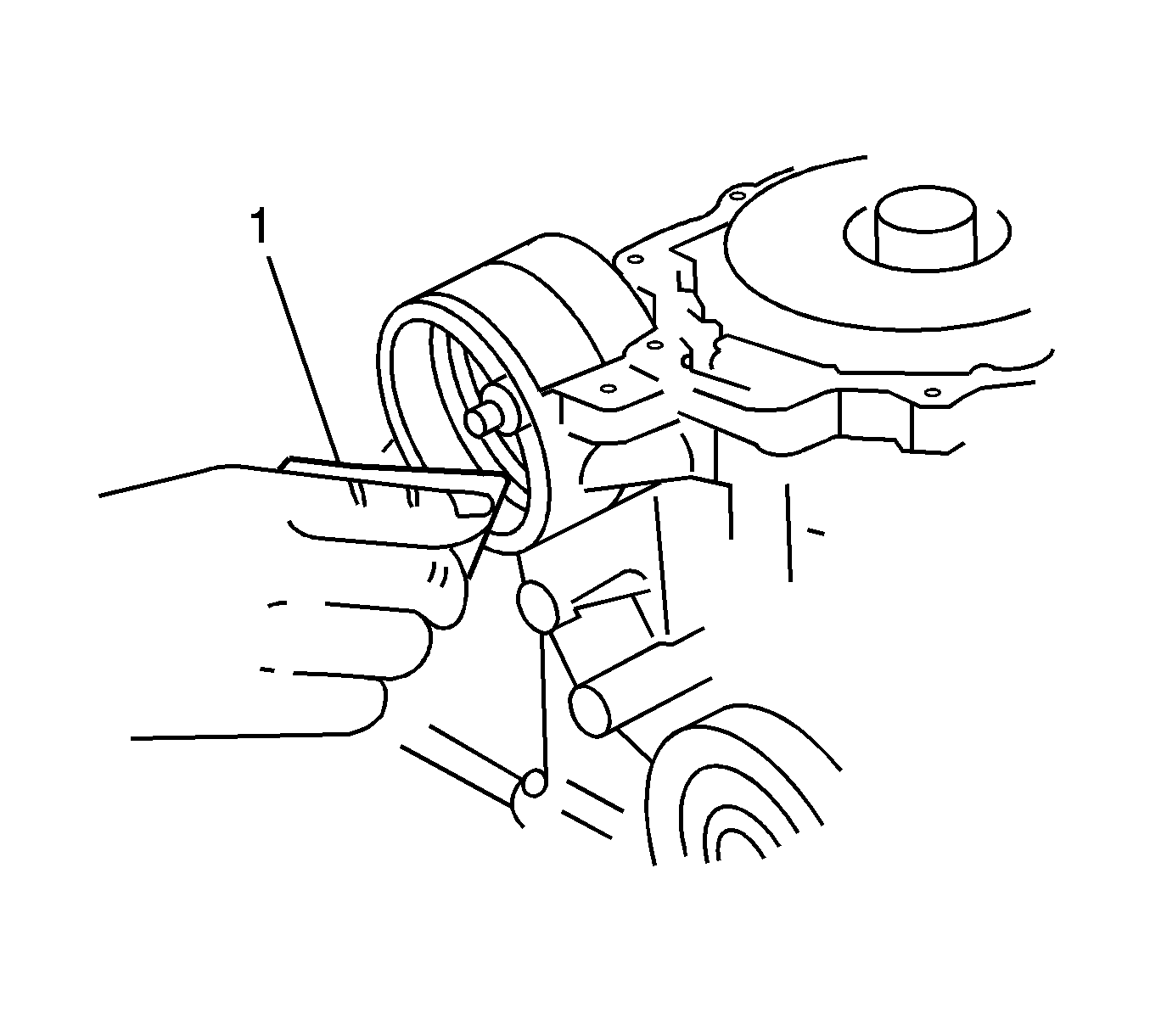
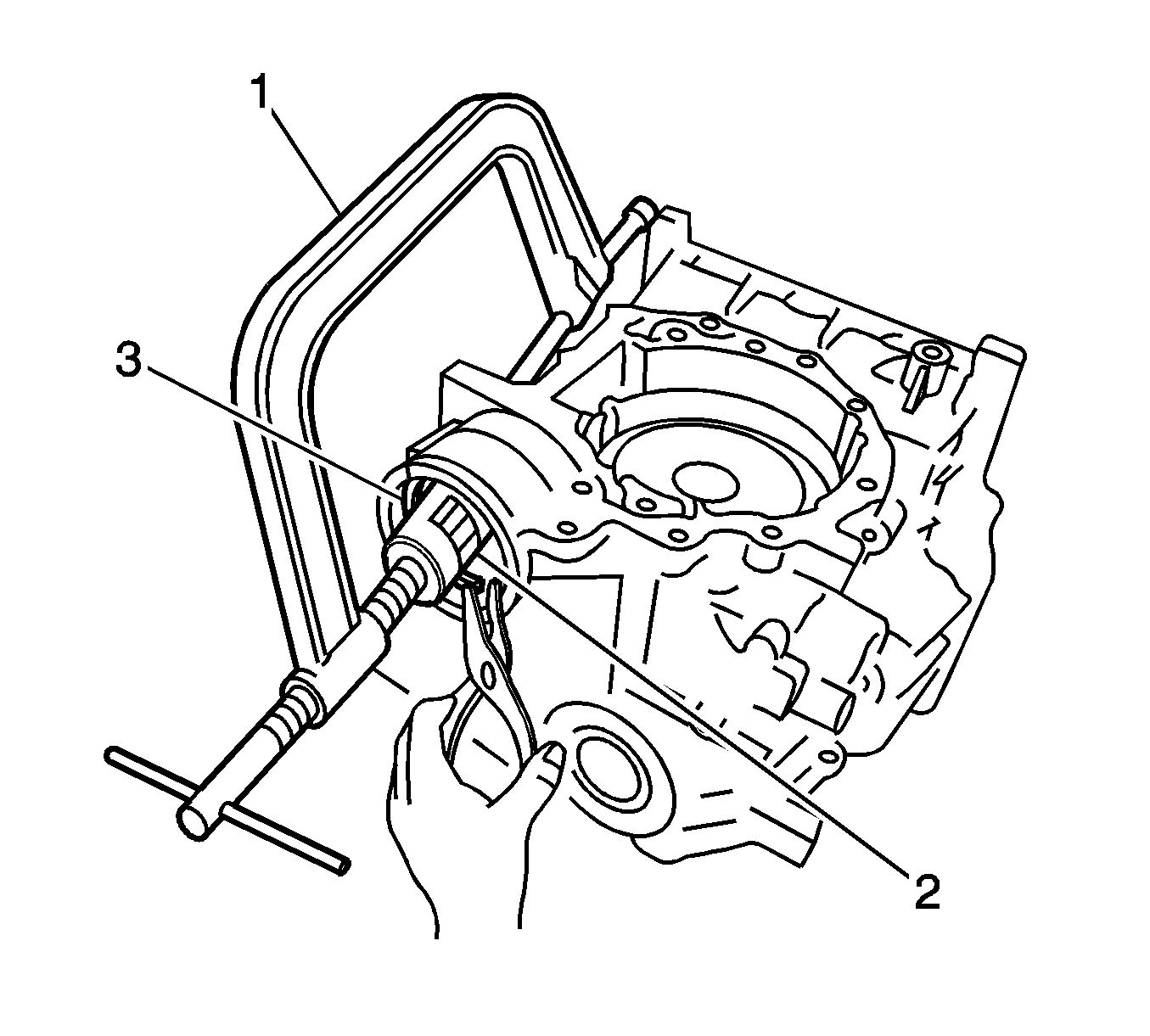
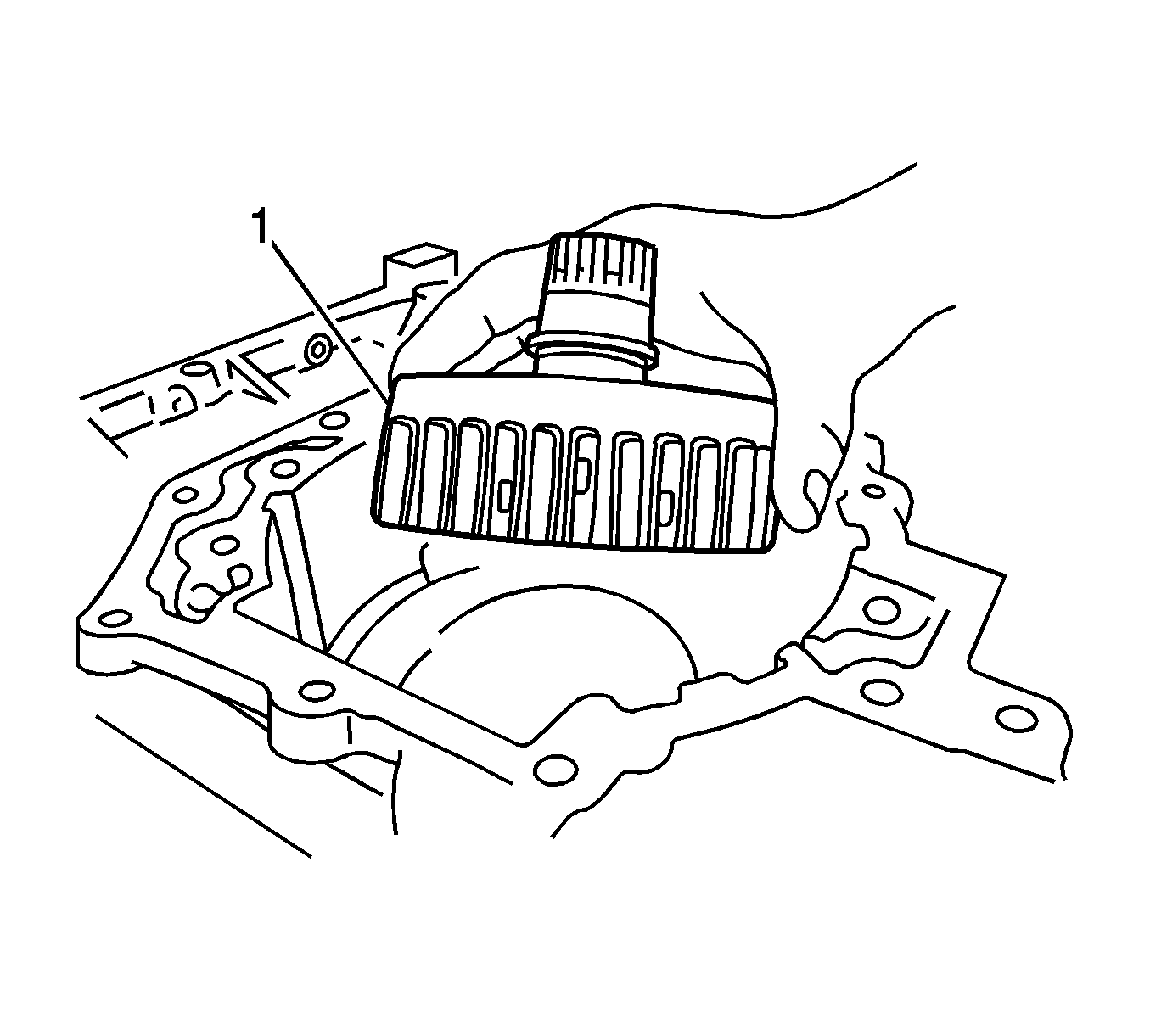

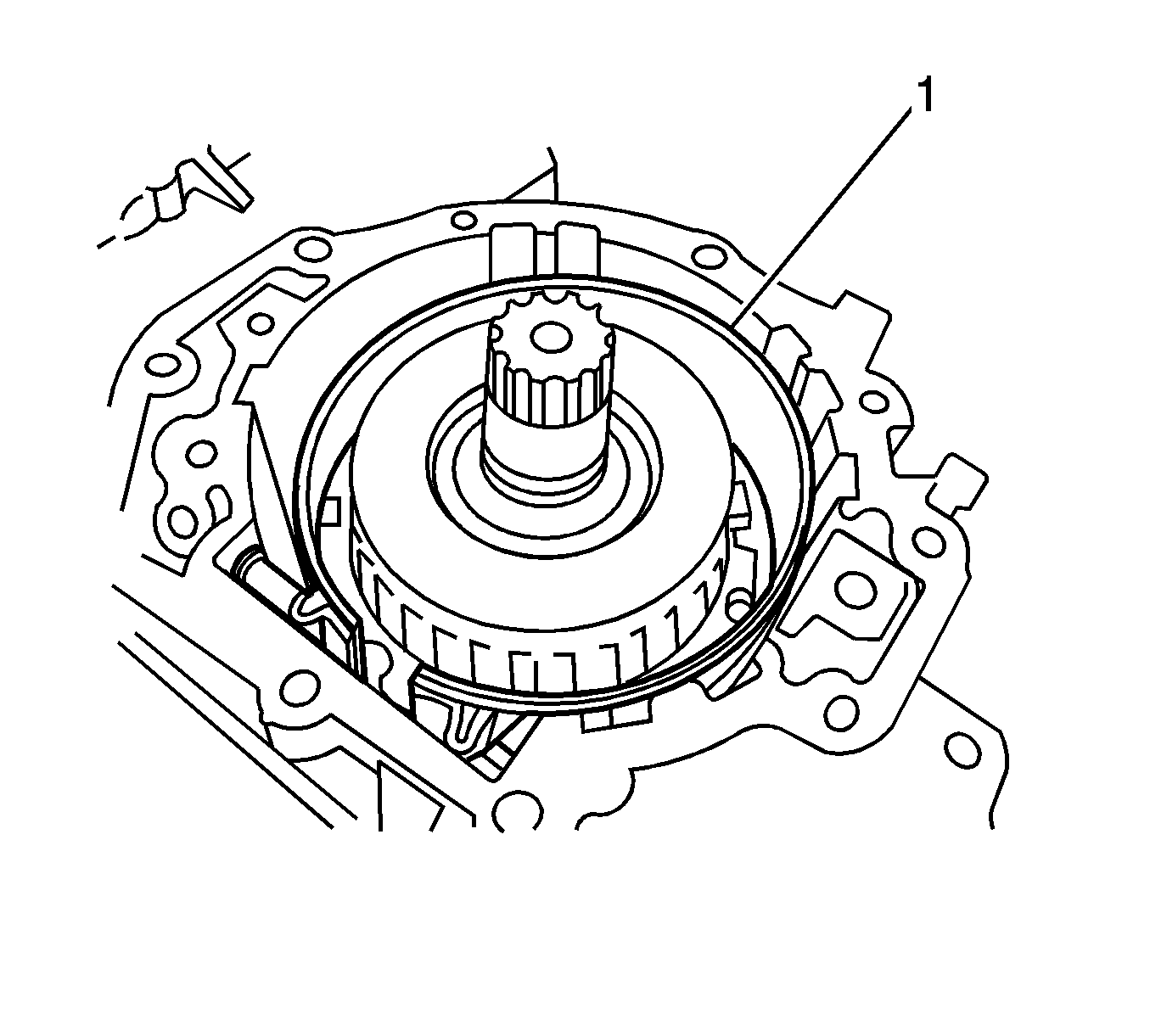
Caution: Refer to Fastener Caution in the Preface section.
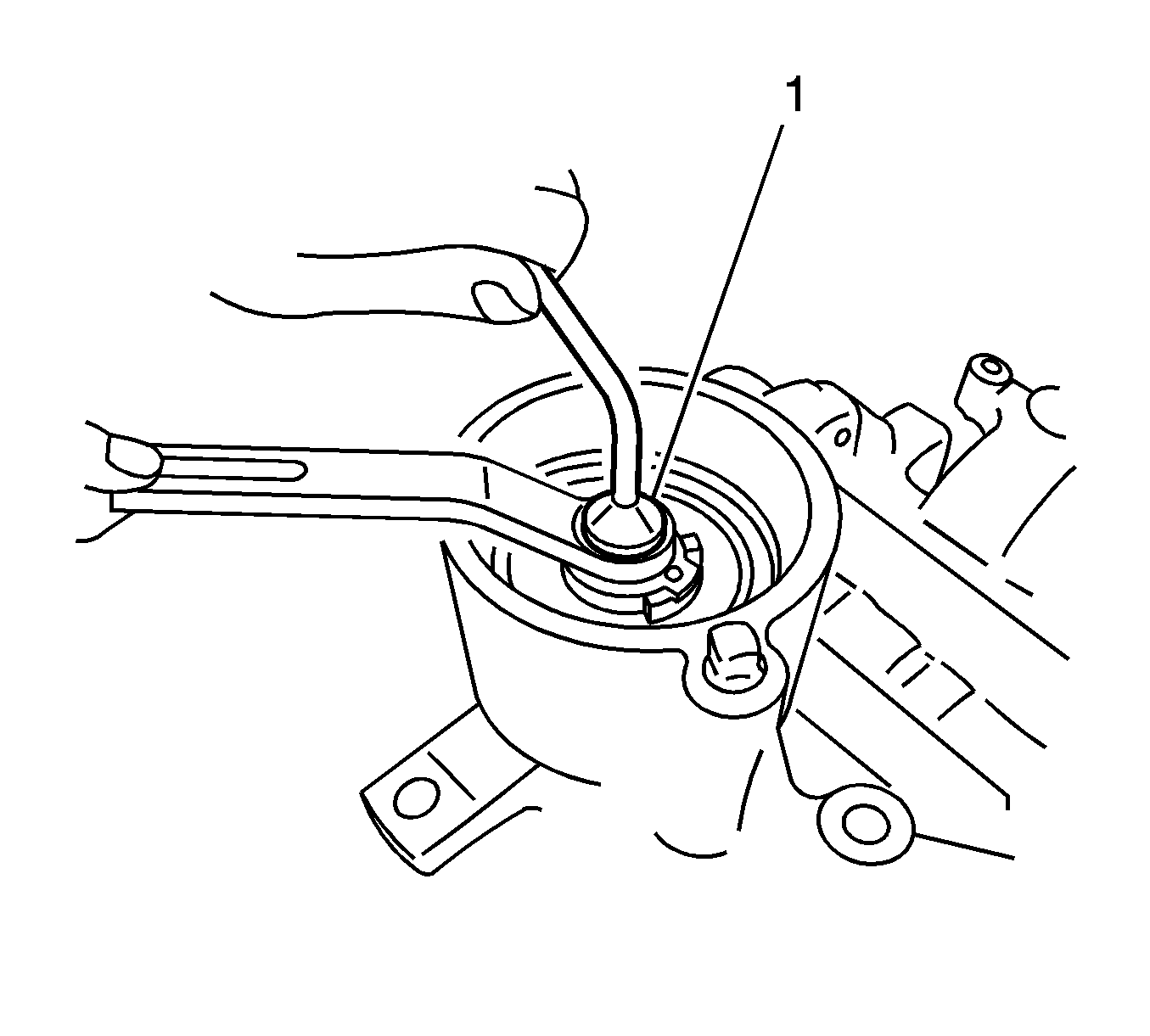
| • | Tighten the band servo stem to 3 N·m (26 lb in). |
| • | Tighten the anchor end nut to 19 N·m (14 lb ft). |
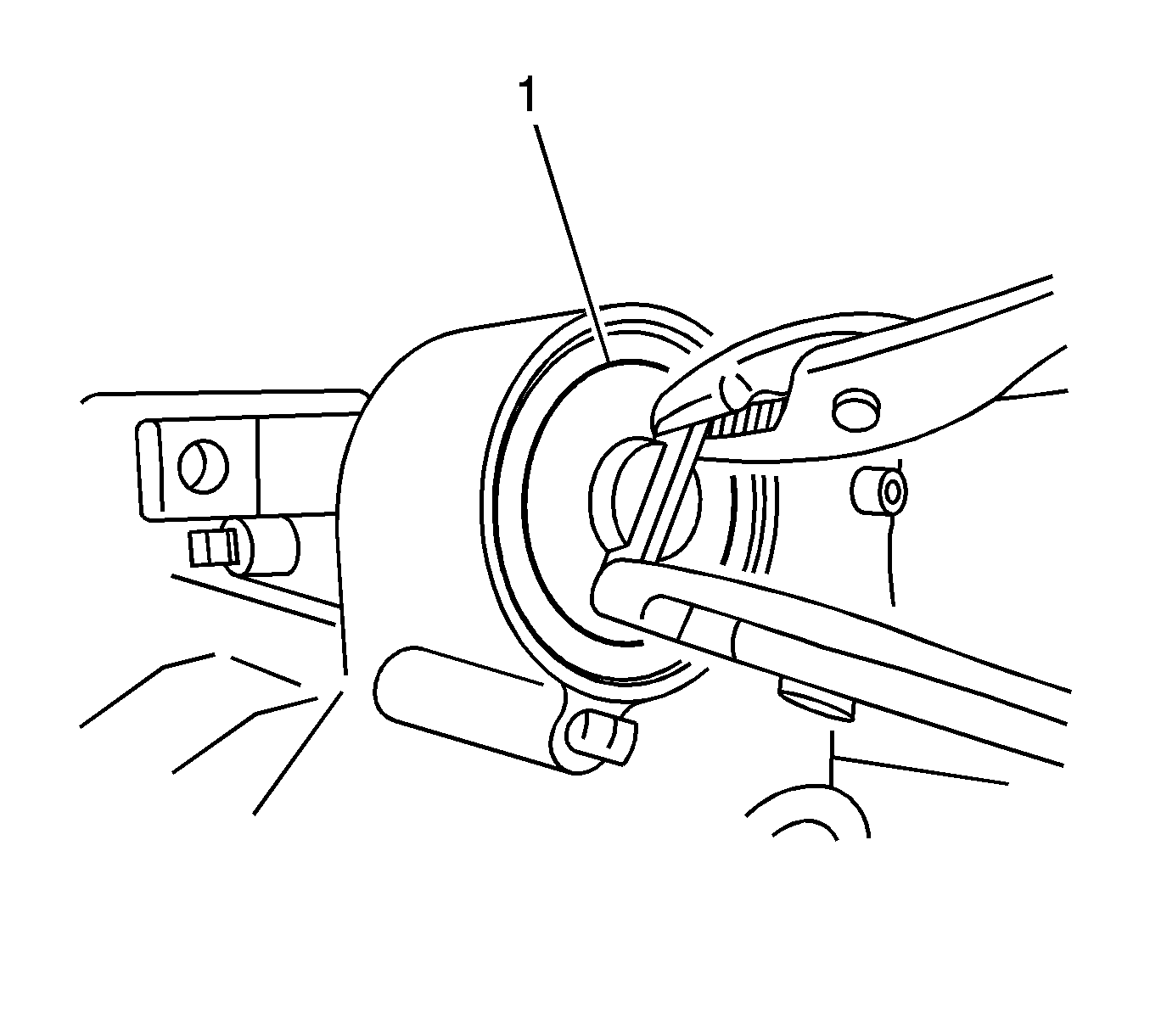
Important: Be sure that the snap ring is entirely in the groove.

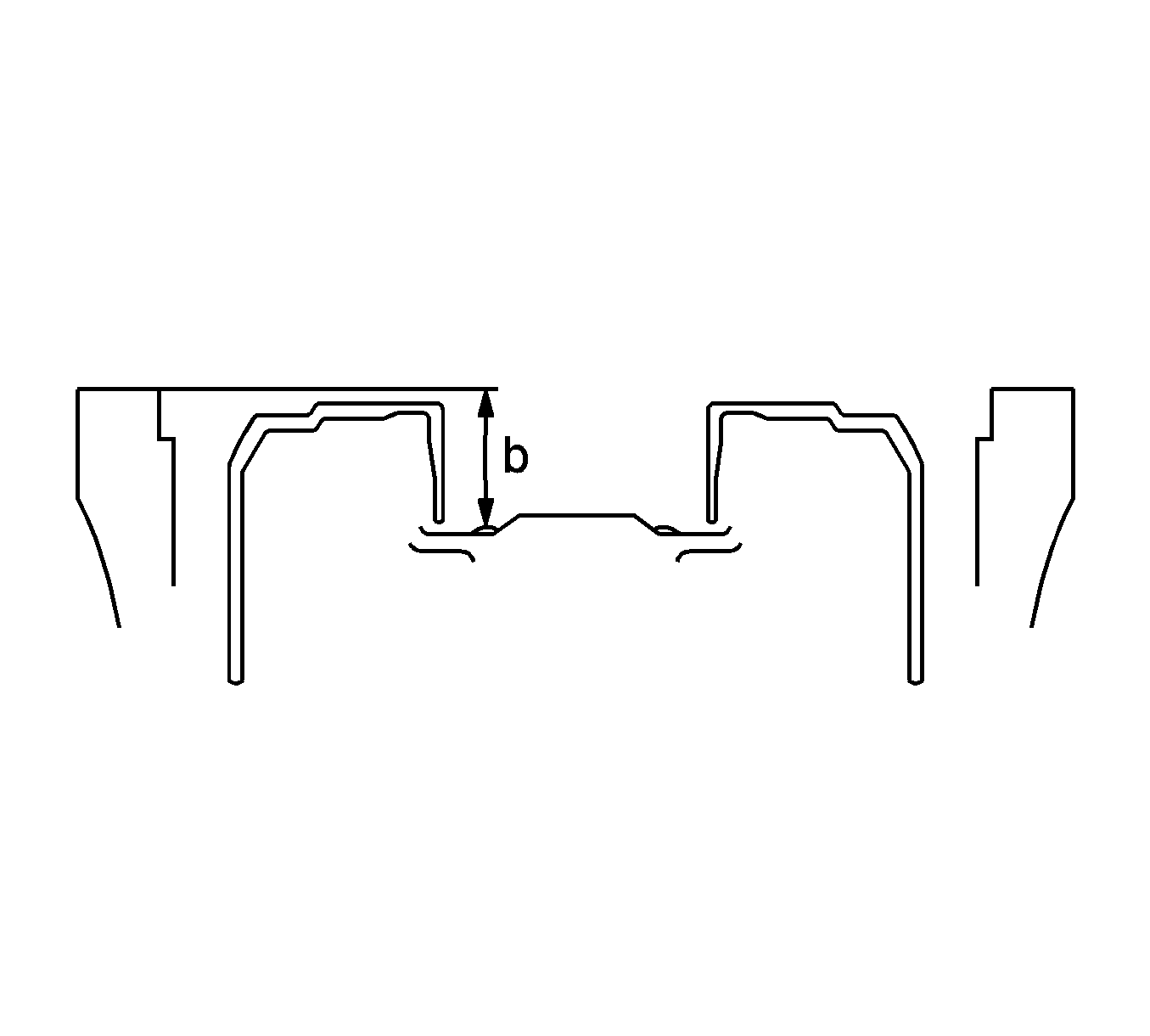

Clearance
t1 specified clearance is 0.25-0.55 mm (0.010-0.02 in).
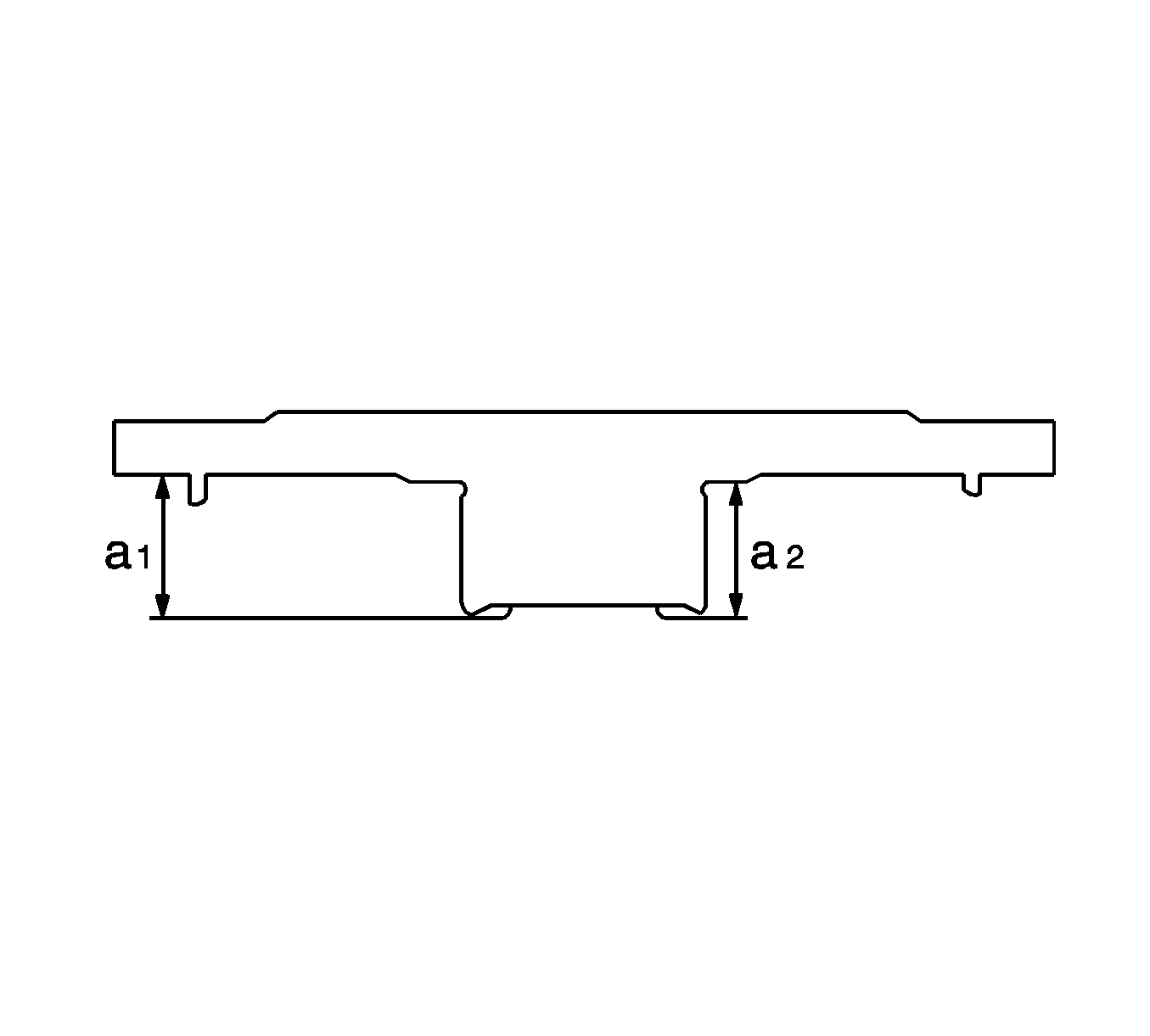
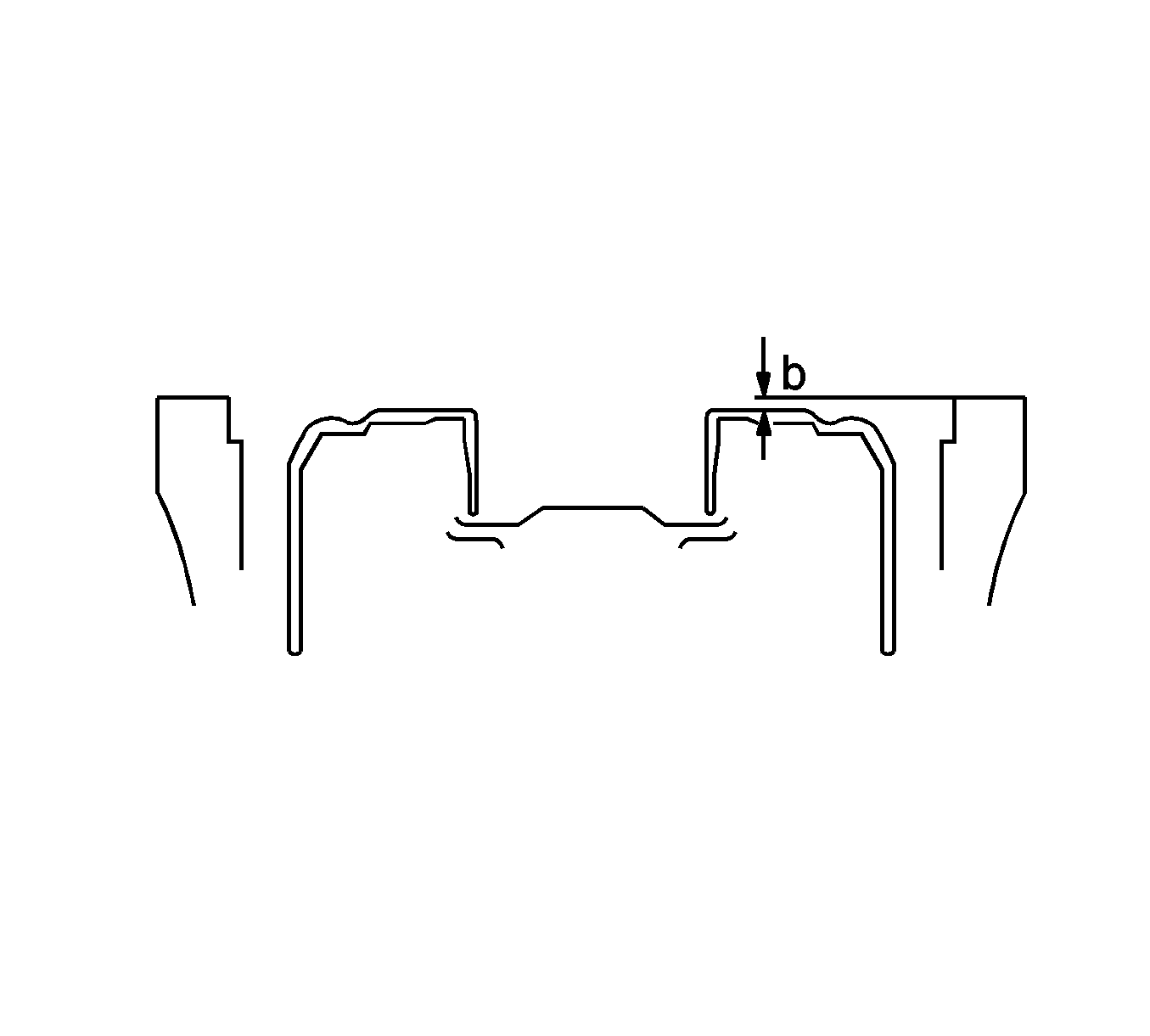

Clearance
t2 specified clearance is 0.55-0.90 mm (0.02-0.03 in).
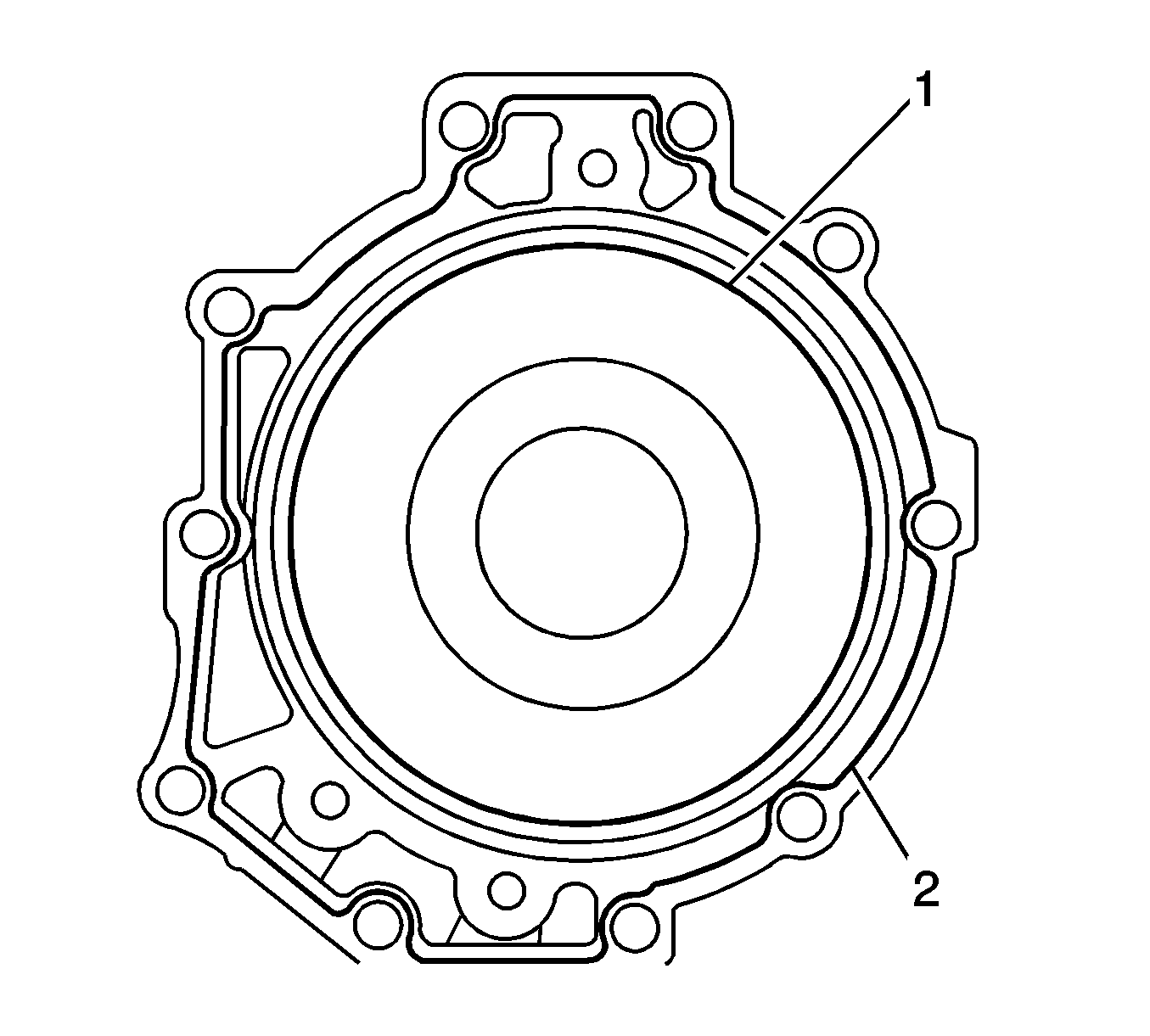
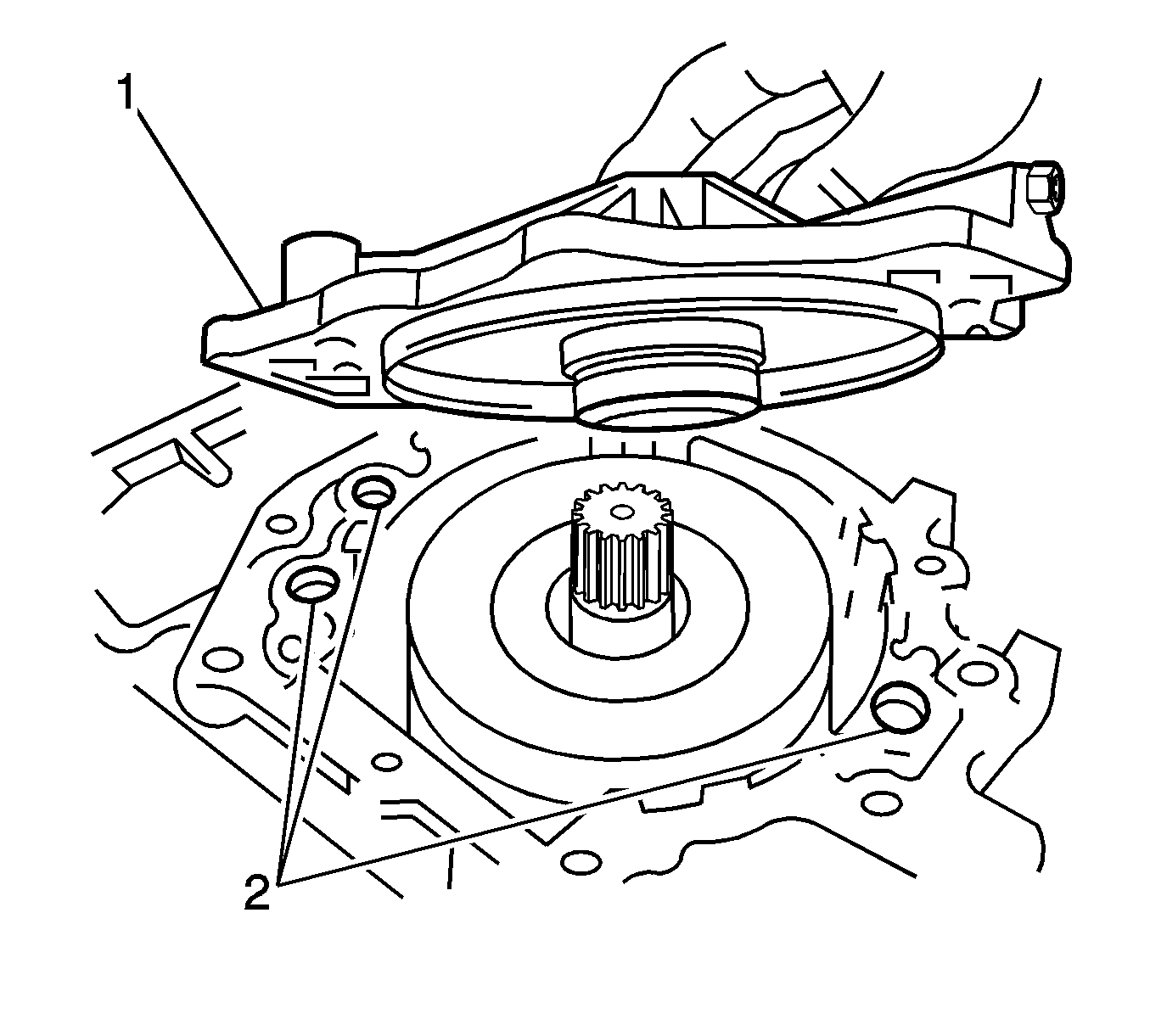
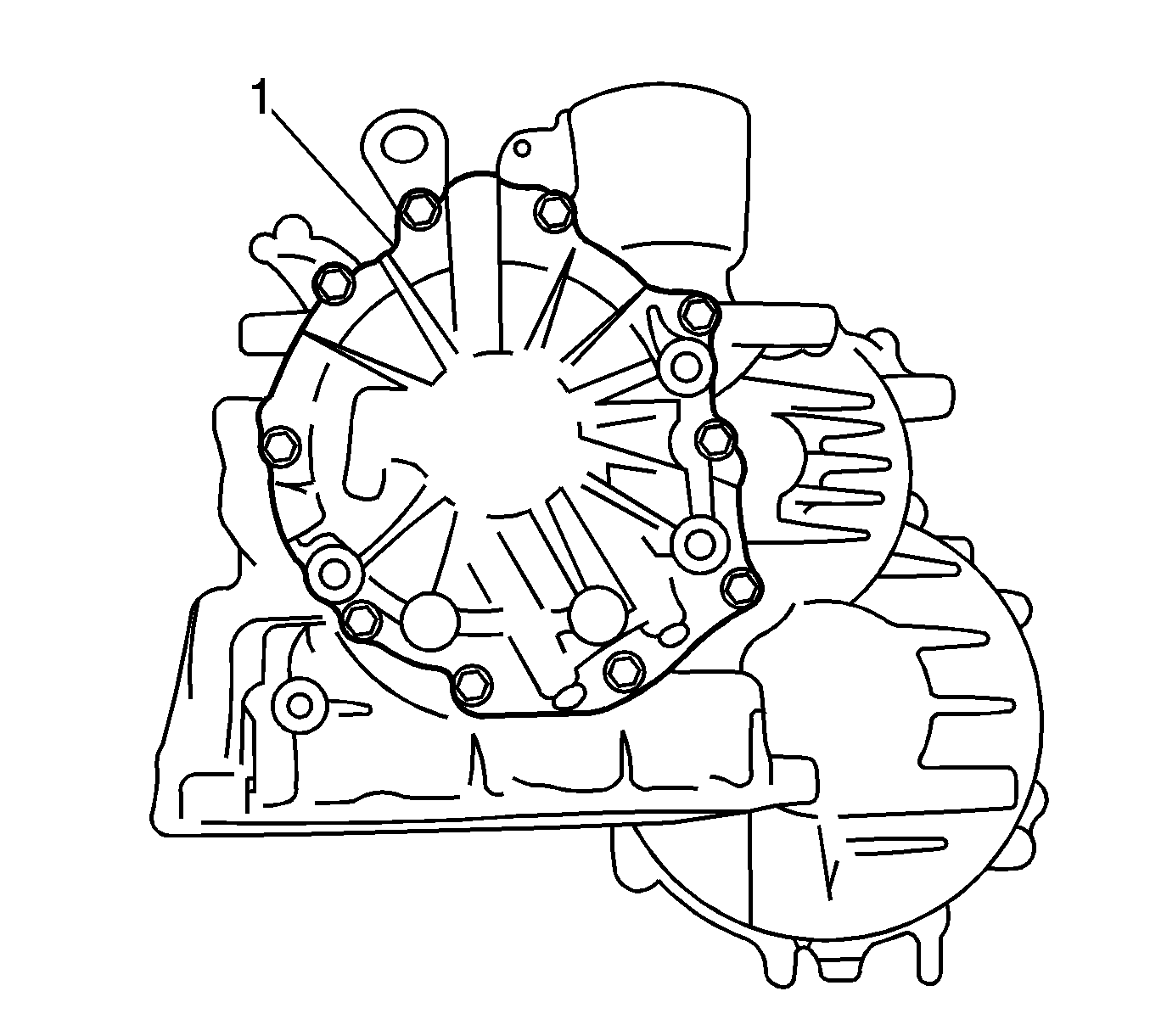
Note: Be careful not to damage the Teflon rings attached to the high clutch and the side cover.
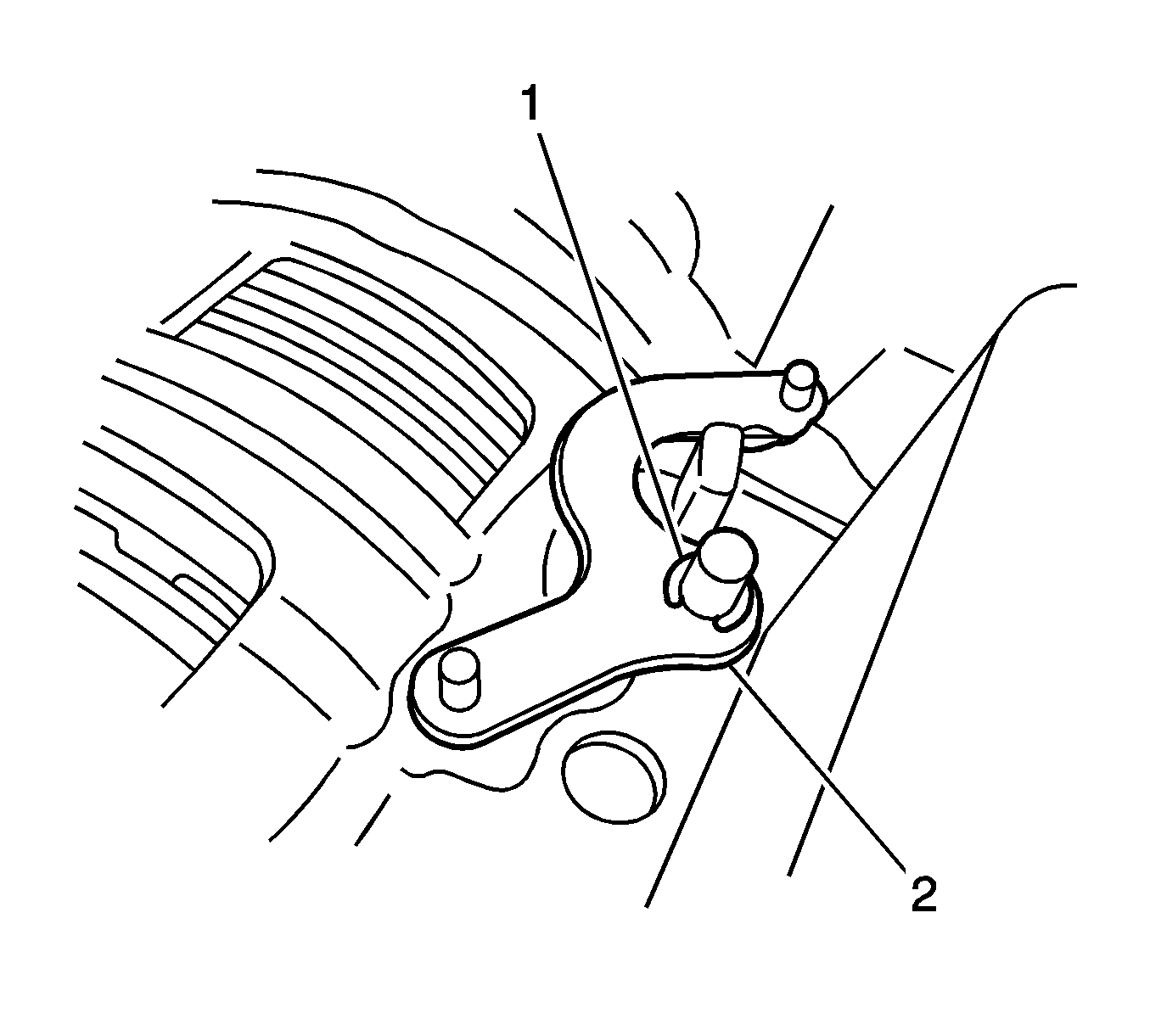
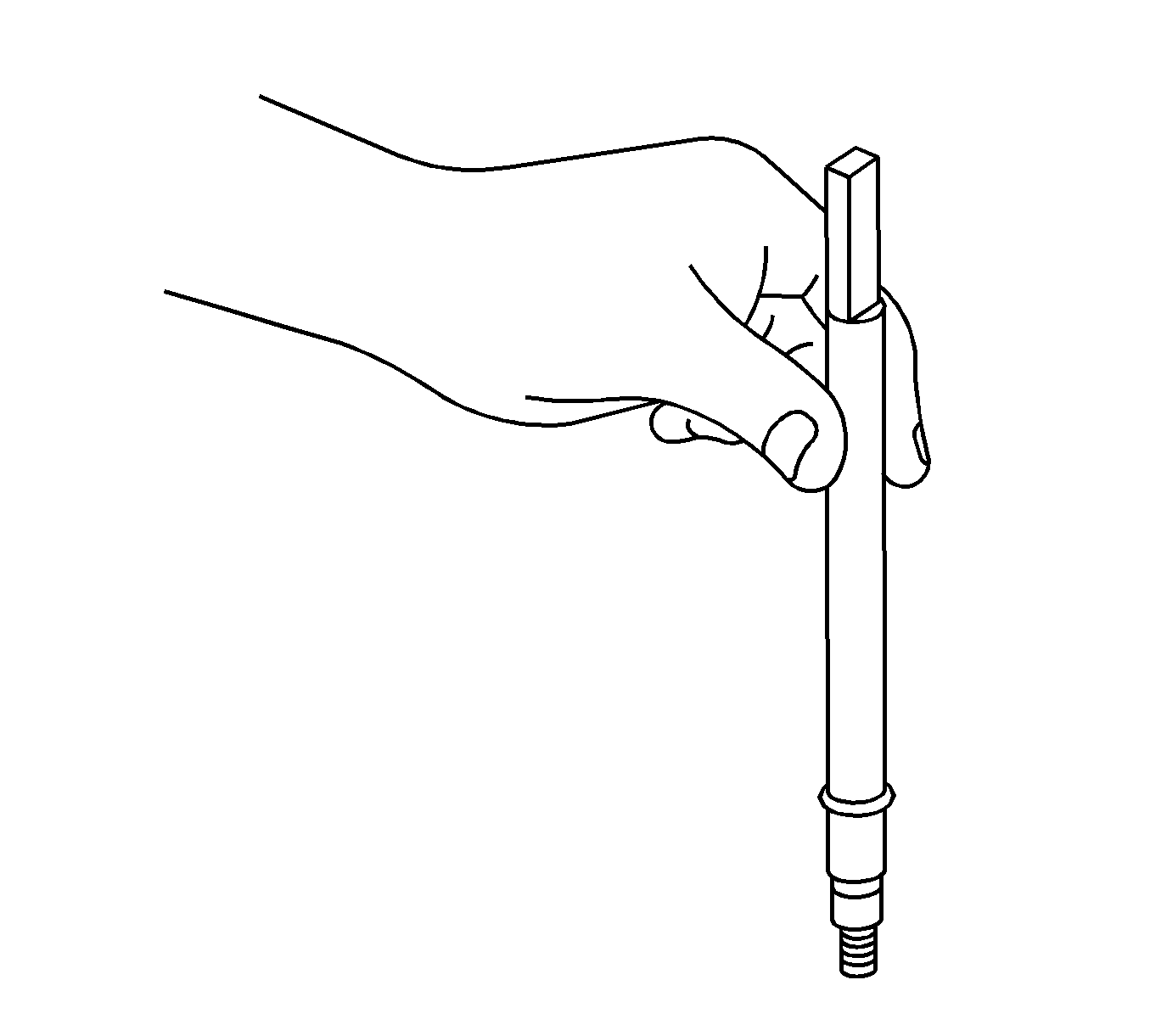
Note: Be sure to insert the manual shaft from inside the case. Damage may occur if installed from the outside.
Note: Before installing, apply AT fluid to the O-ring.
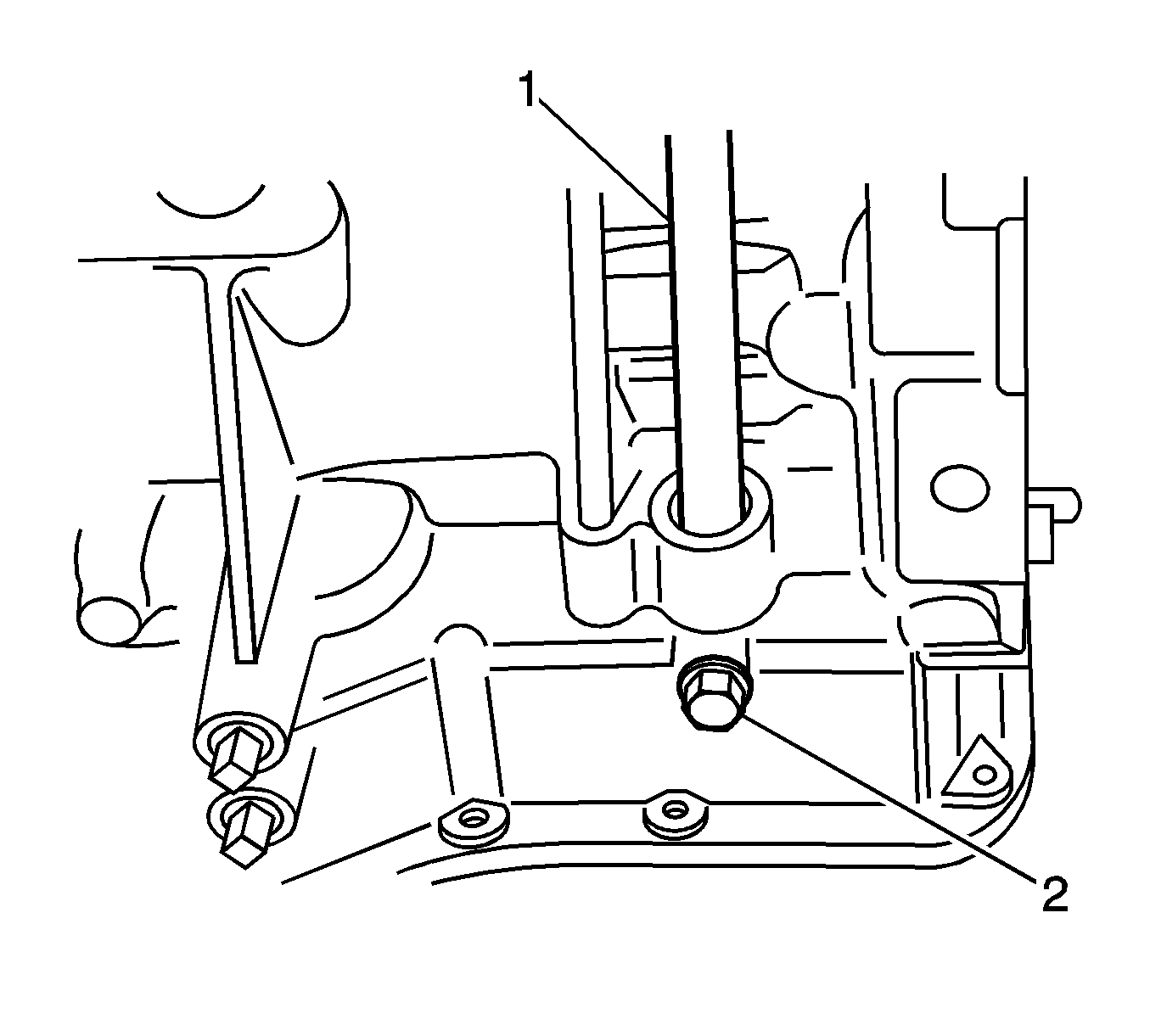
Note: Do not reuse the lock bolt as sealant may be attached to it.
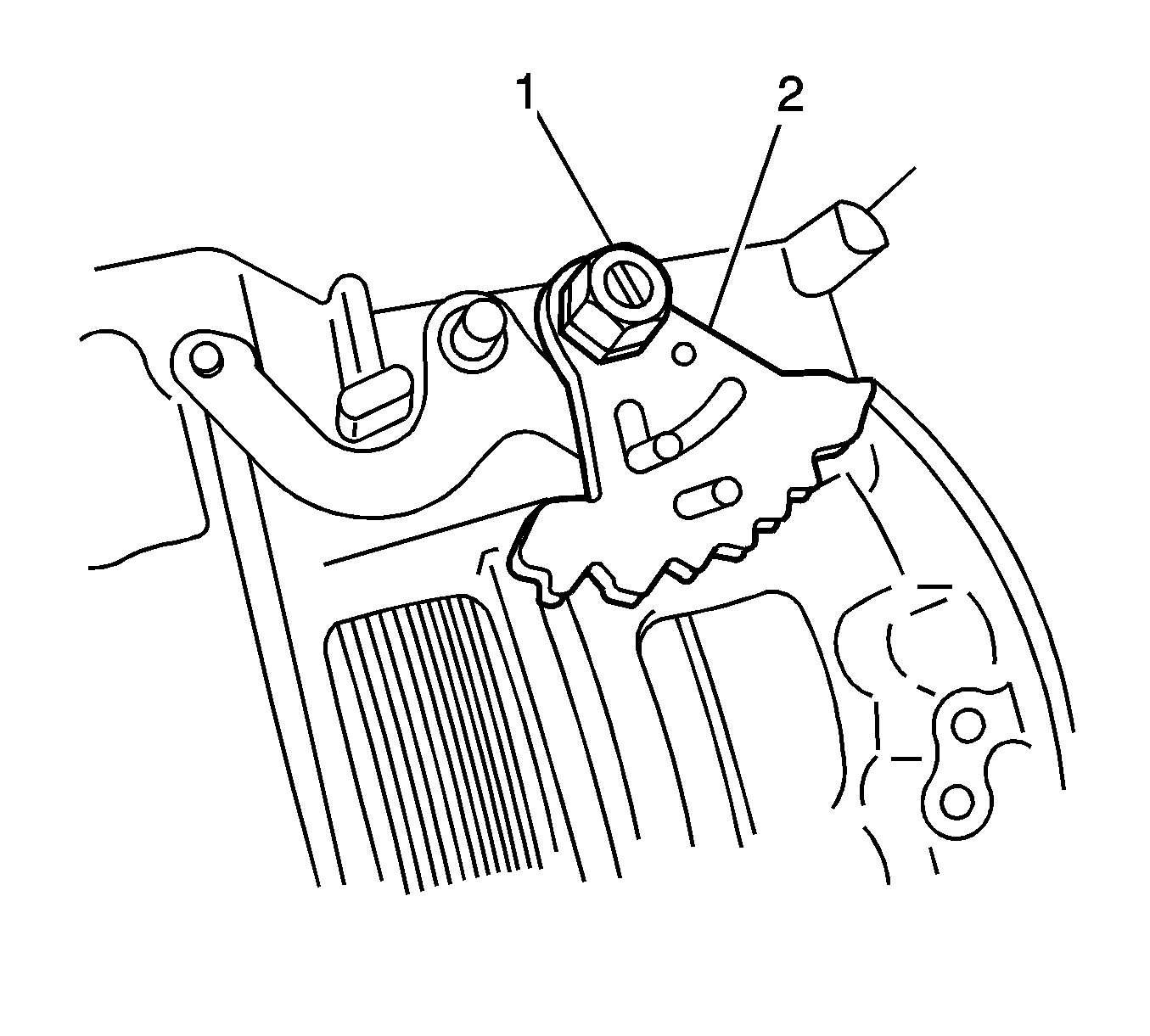
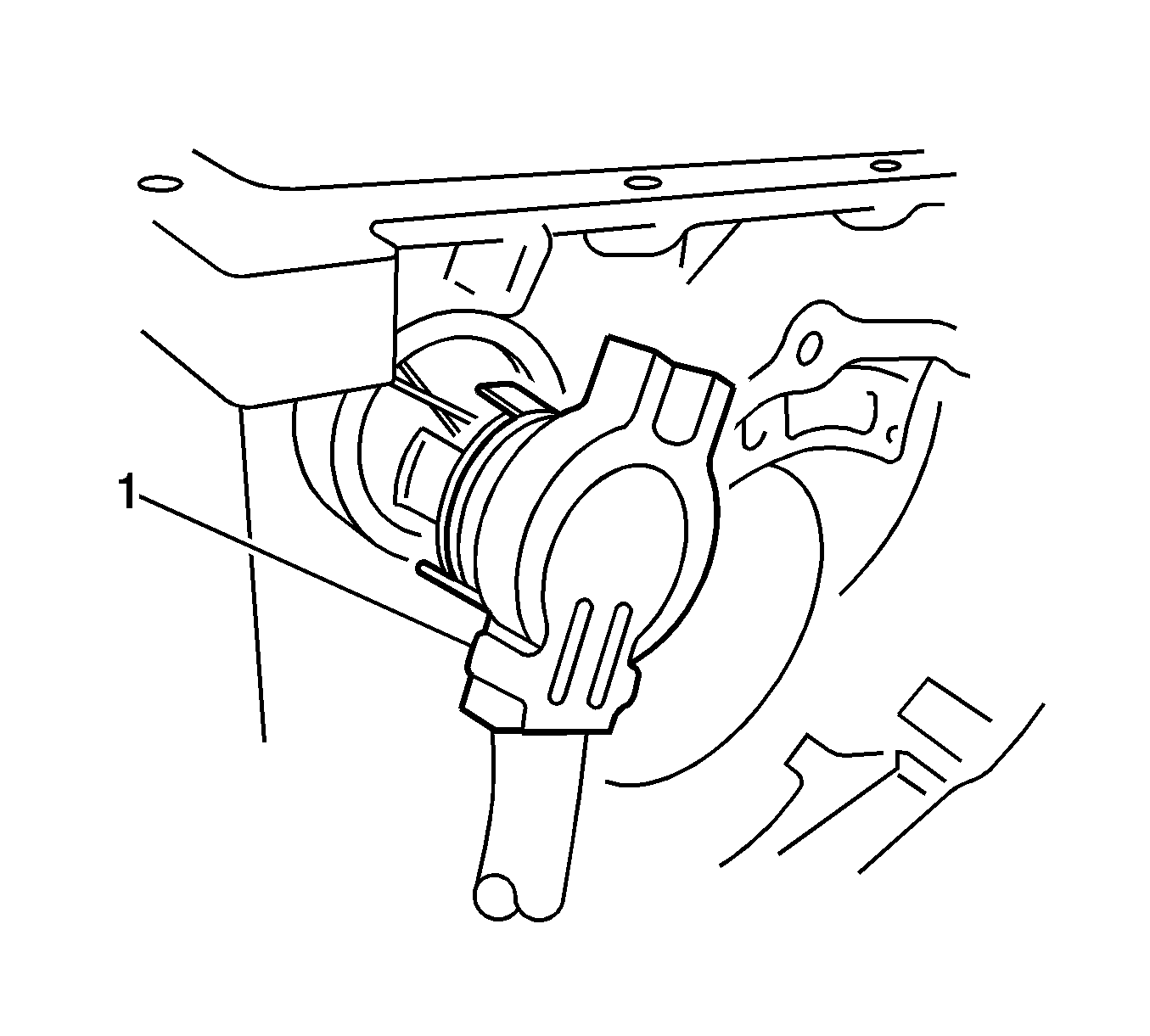
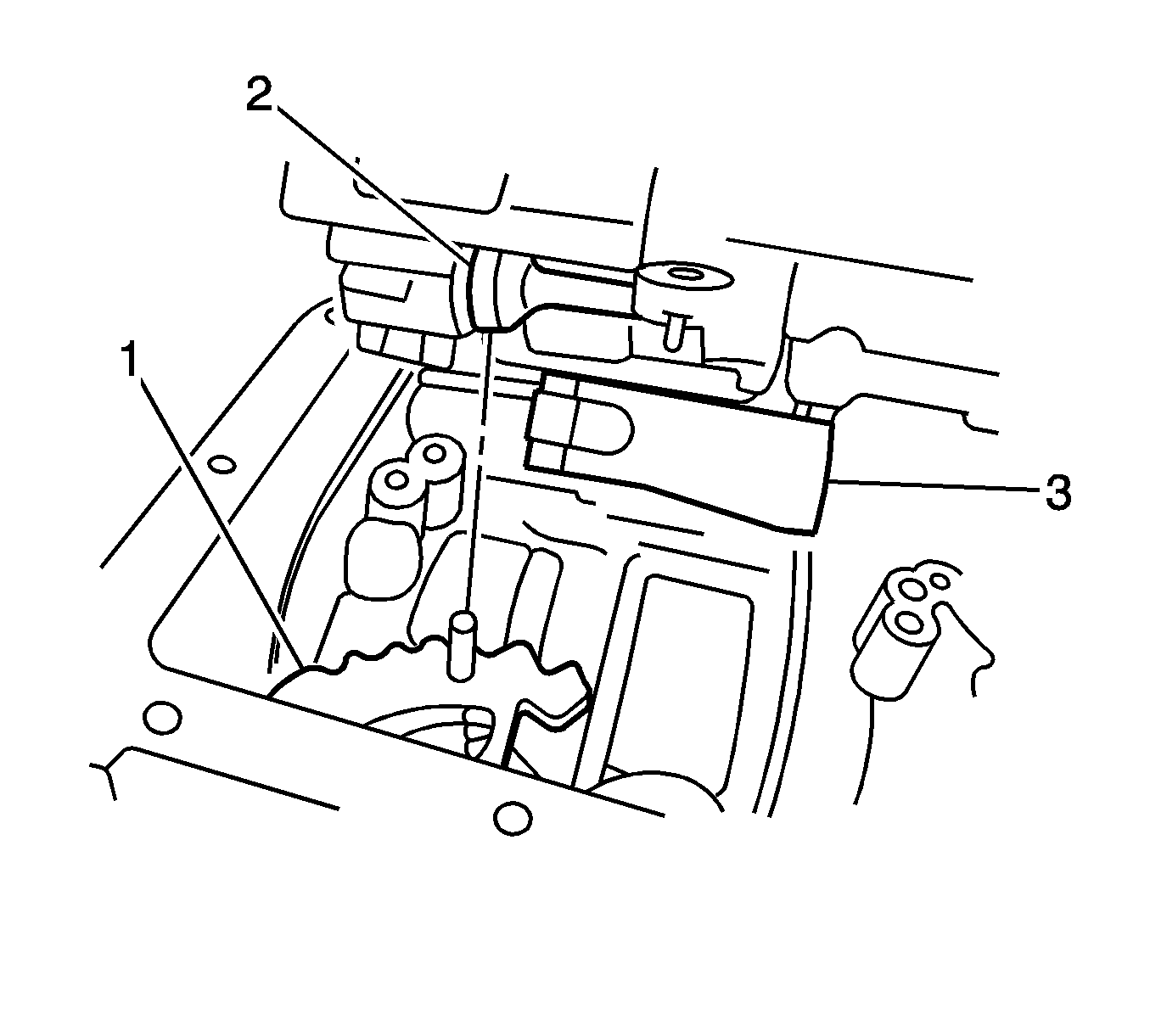
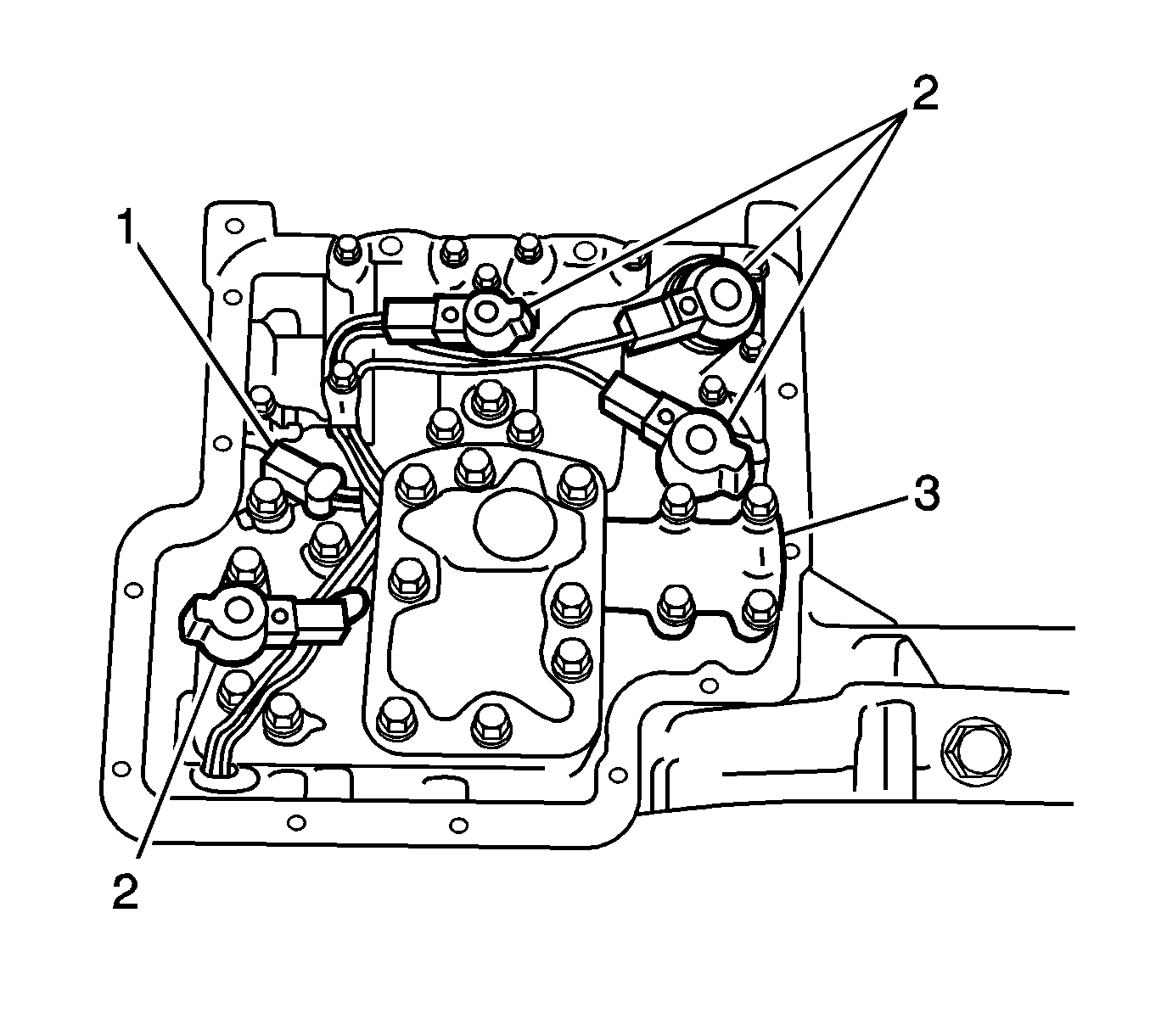

Note: The coat of sealant should be wide and thick, approximately 3 mm (0.12 in) in width and 1.5 mm (0.06 in) thick.
Note: The sealant should be applied thoroughly and evenly.
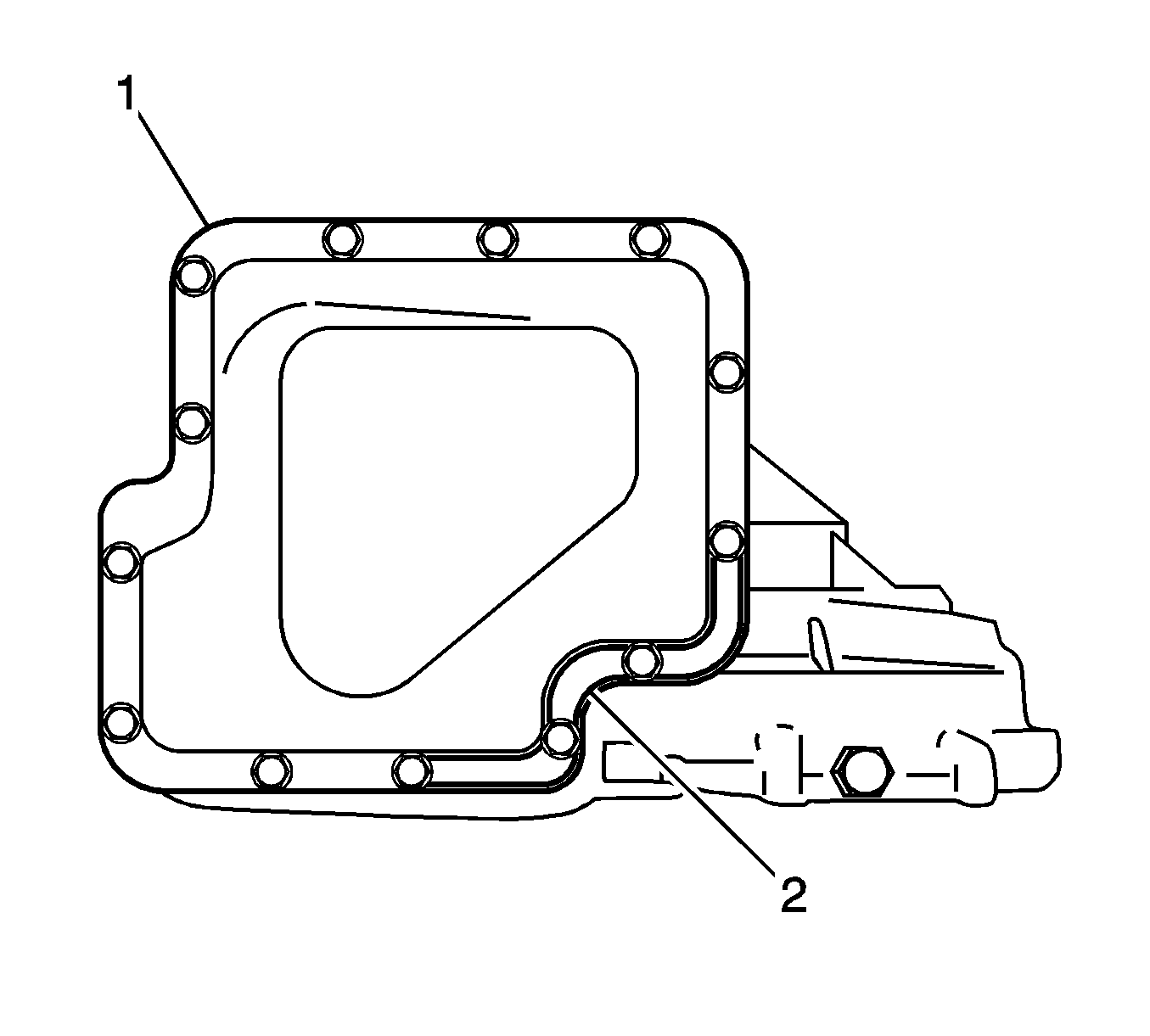
Note: The 4 bolts which fix the stiffener are of different lengths. Be sure to position them in the right places.
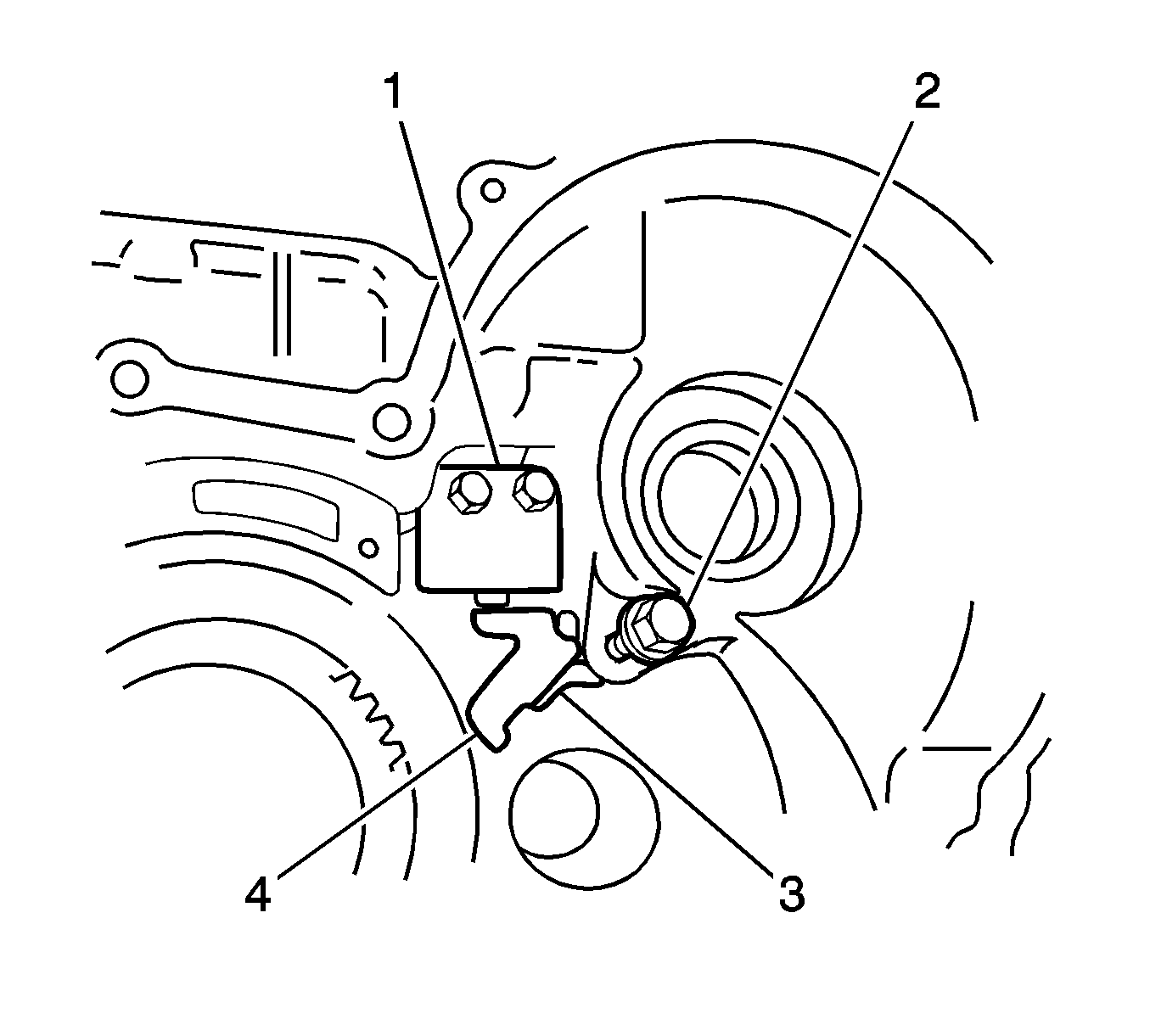
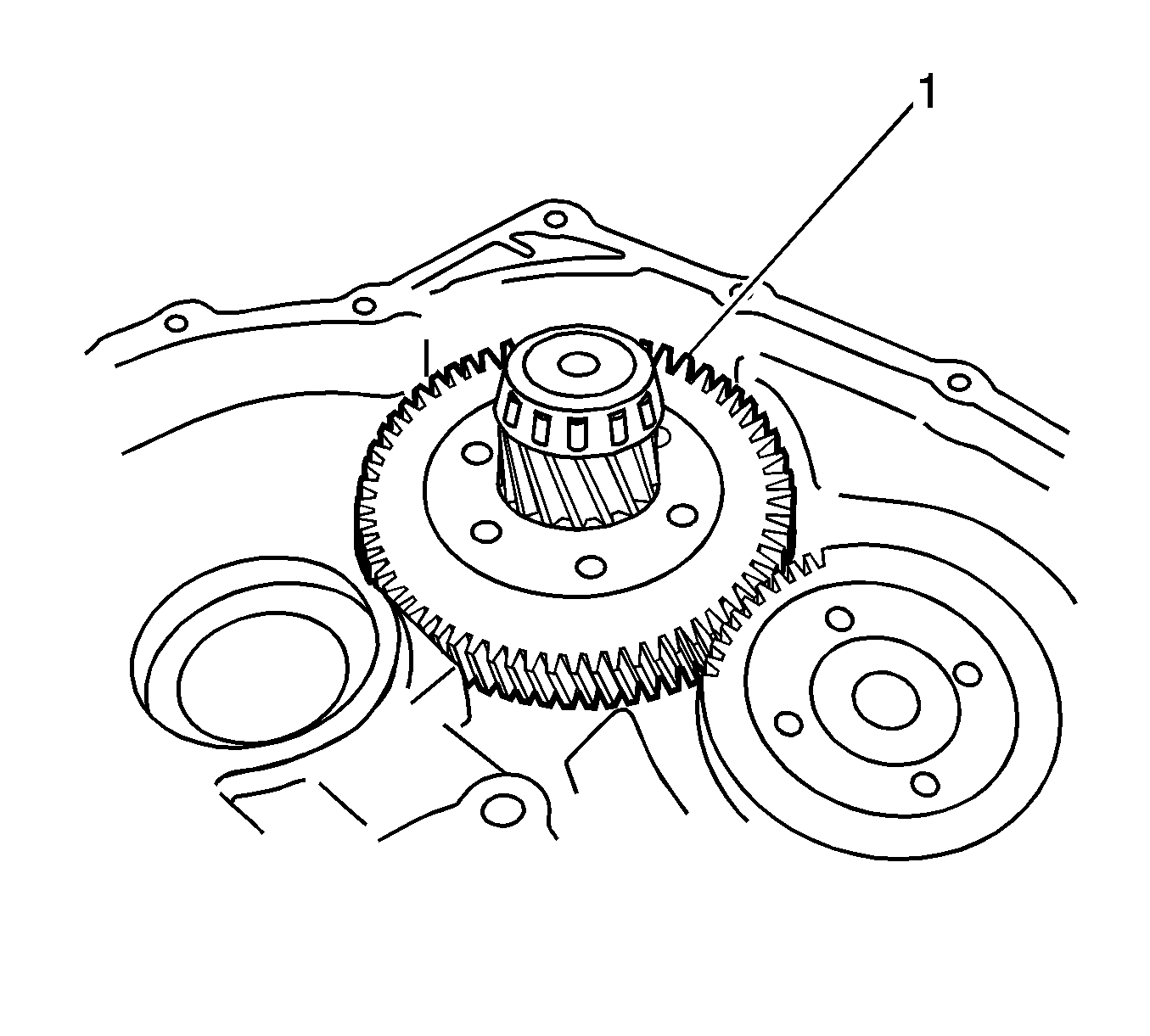
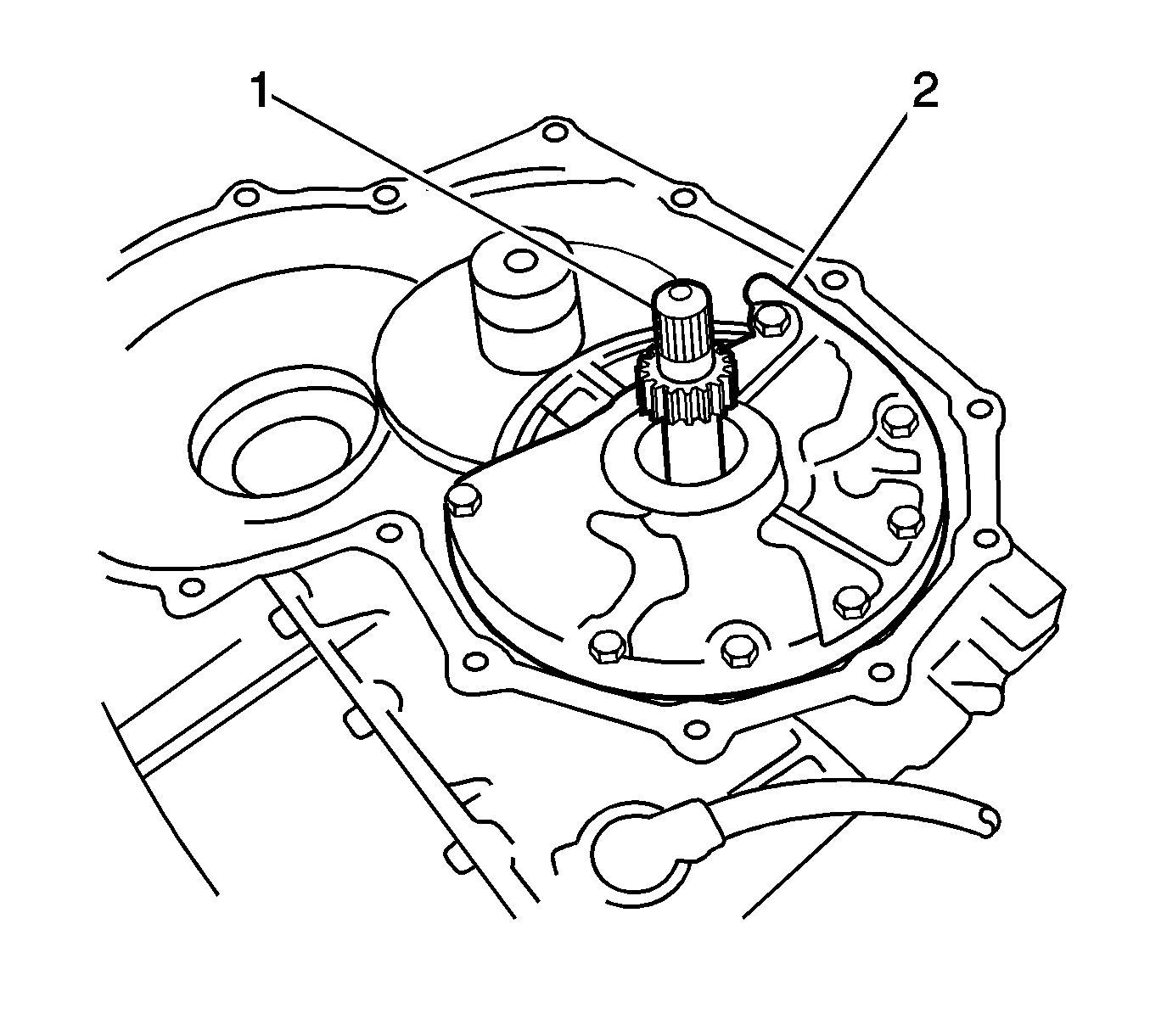
Note: Do not reuse the input shaft seal ring. Apply AT fluid to a new seal ring before installation.
Note: Do not reuse O-ring. Apply AT fluid to the new O-ring before installation.
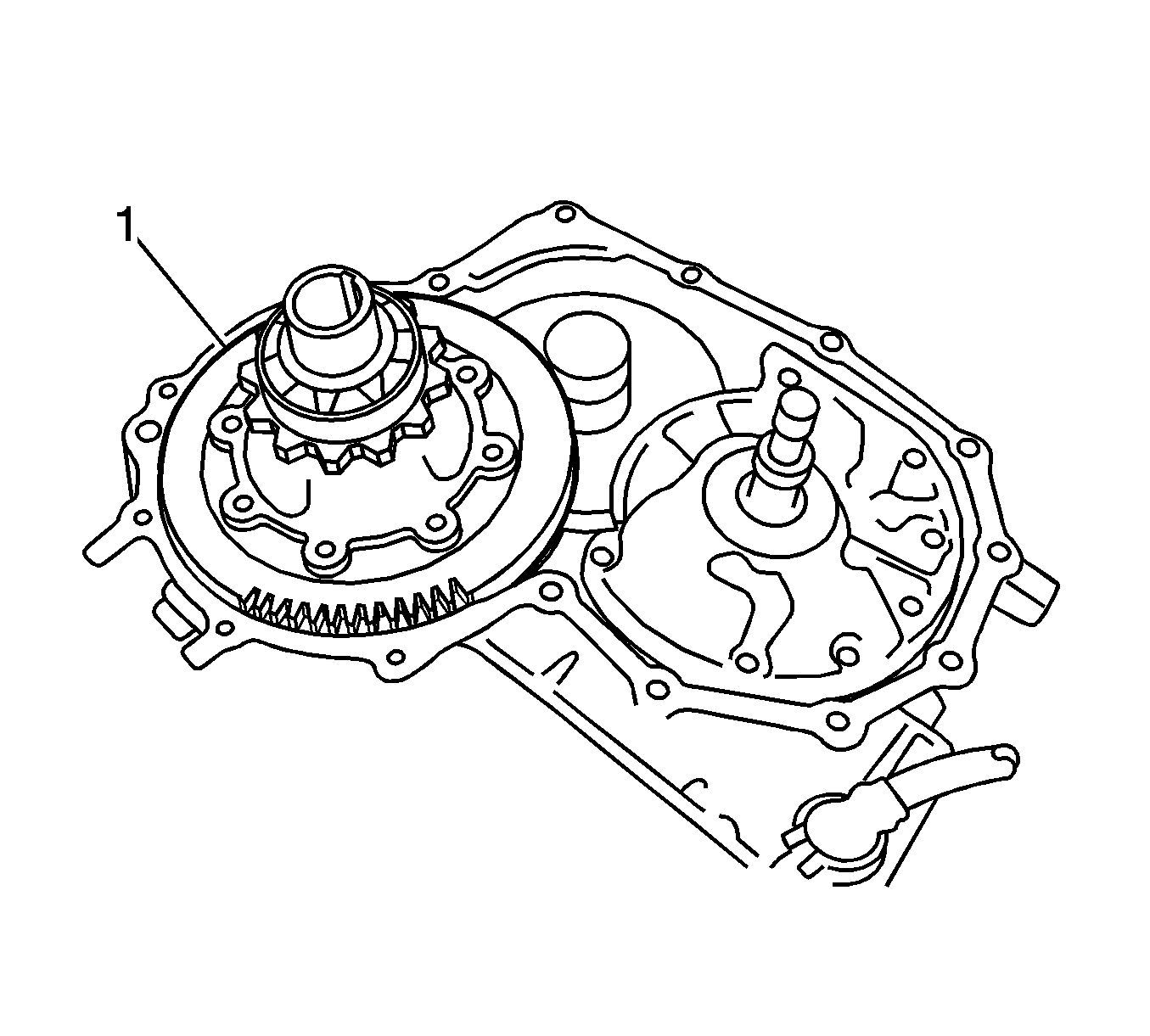
Note: Ensure that the differential assembly is flush with the reduction gear.
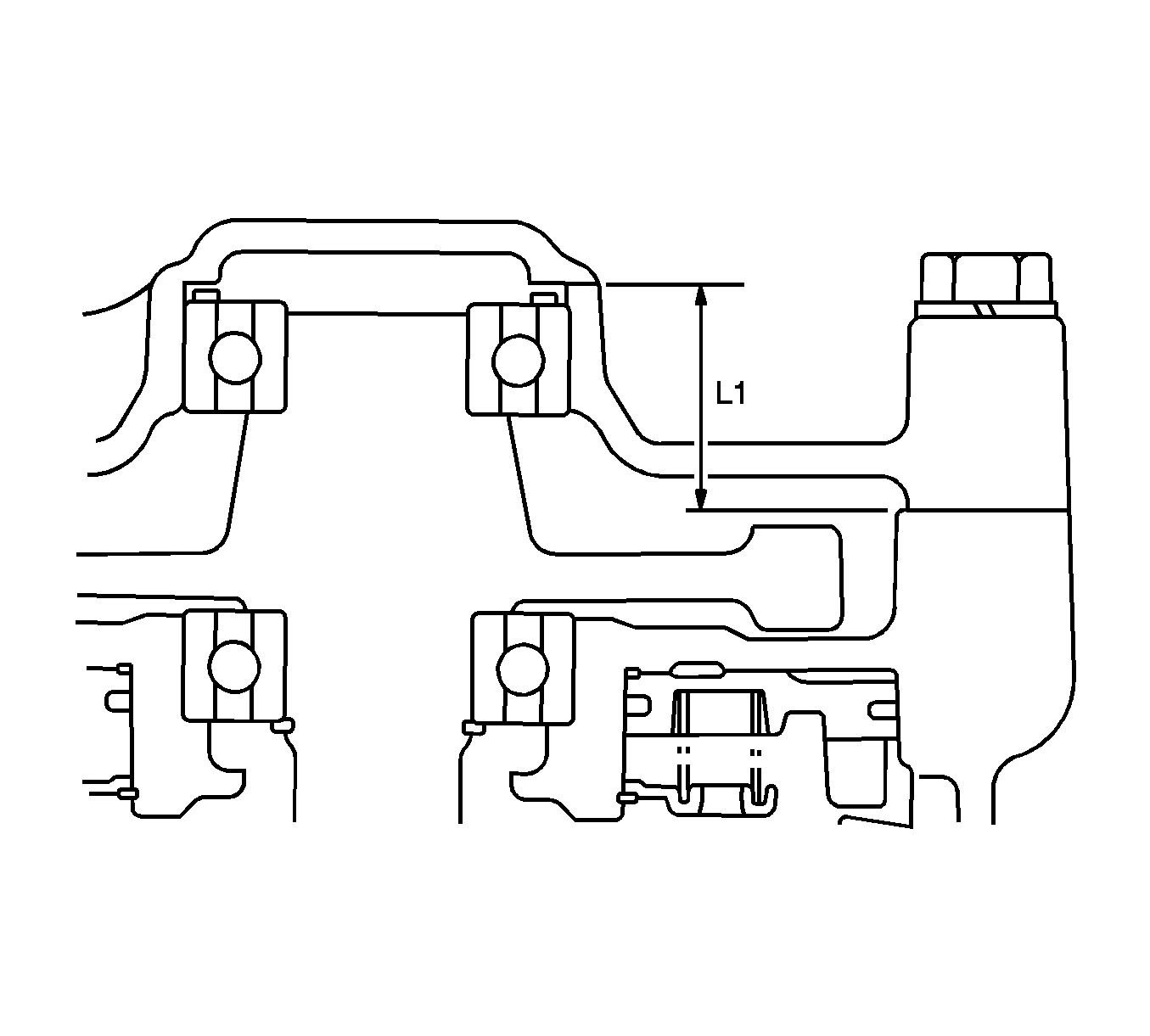
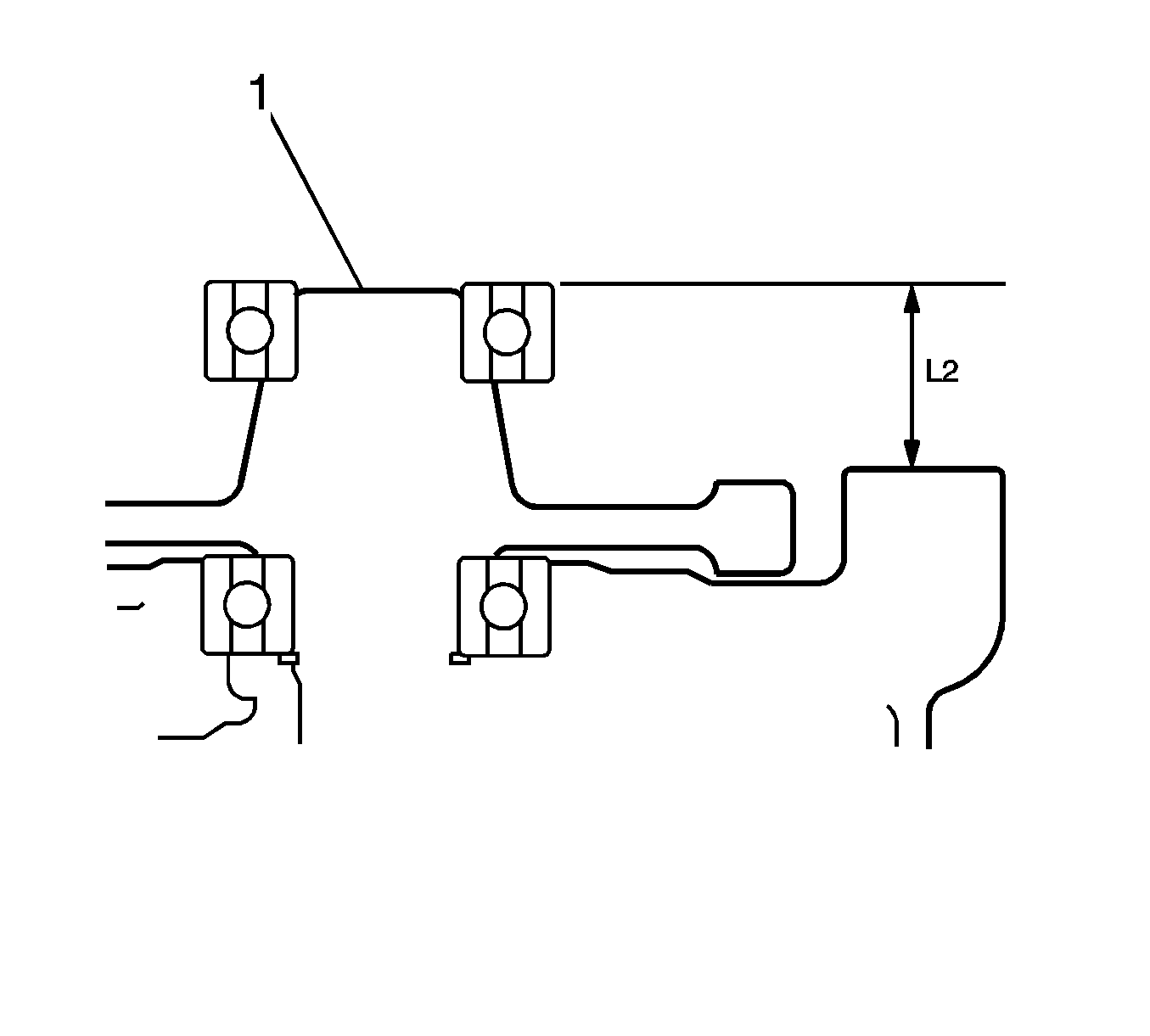
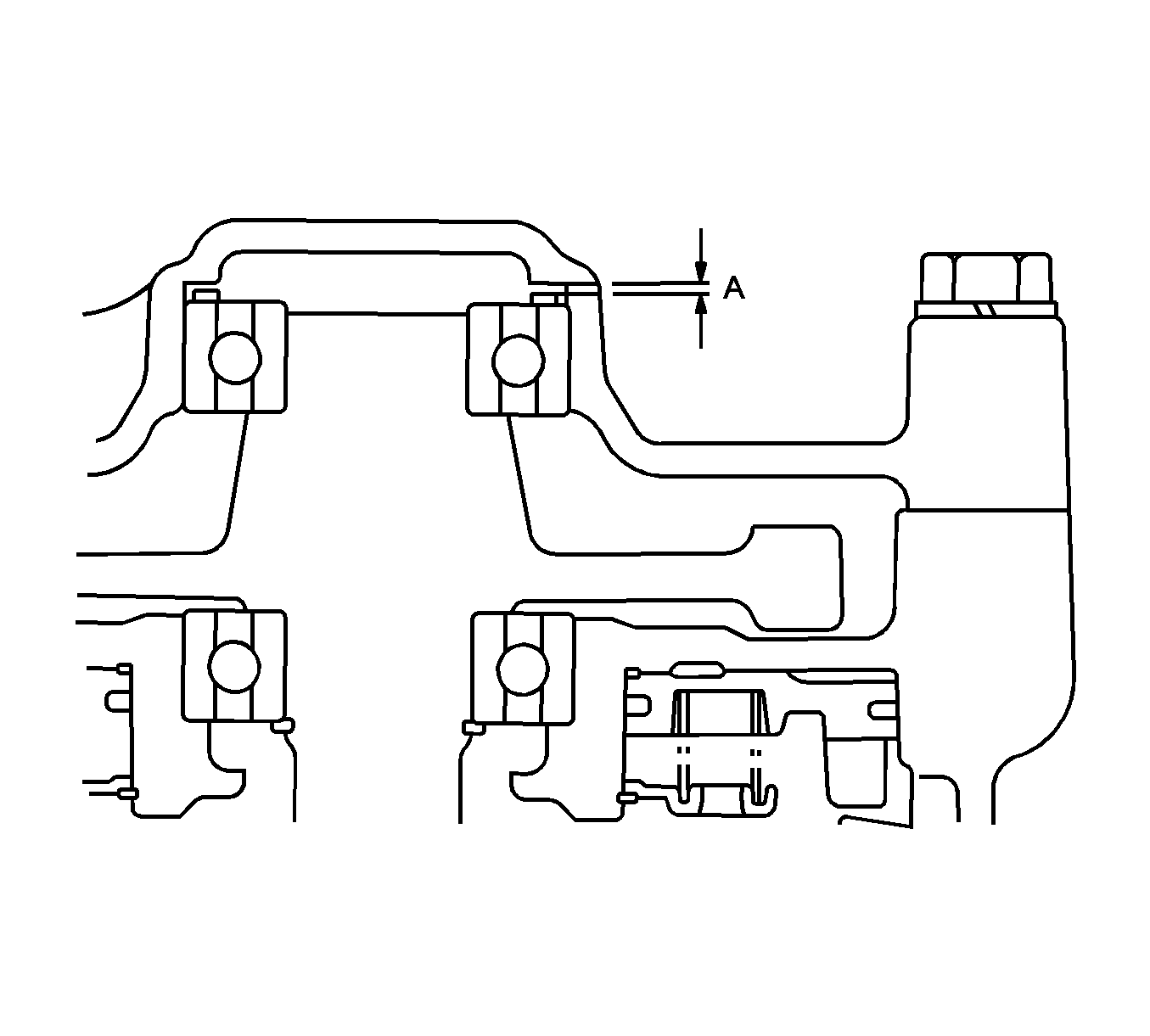
Clearance
The specification clearance is A: 0-0.1 mm (0-0.004 in).
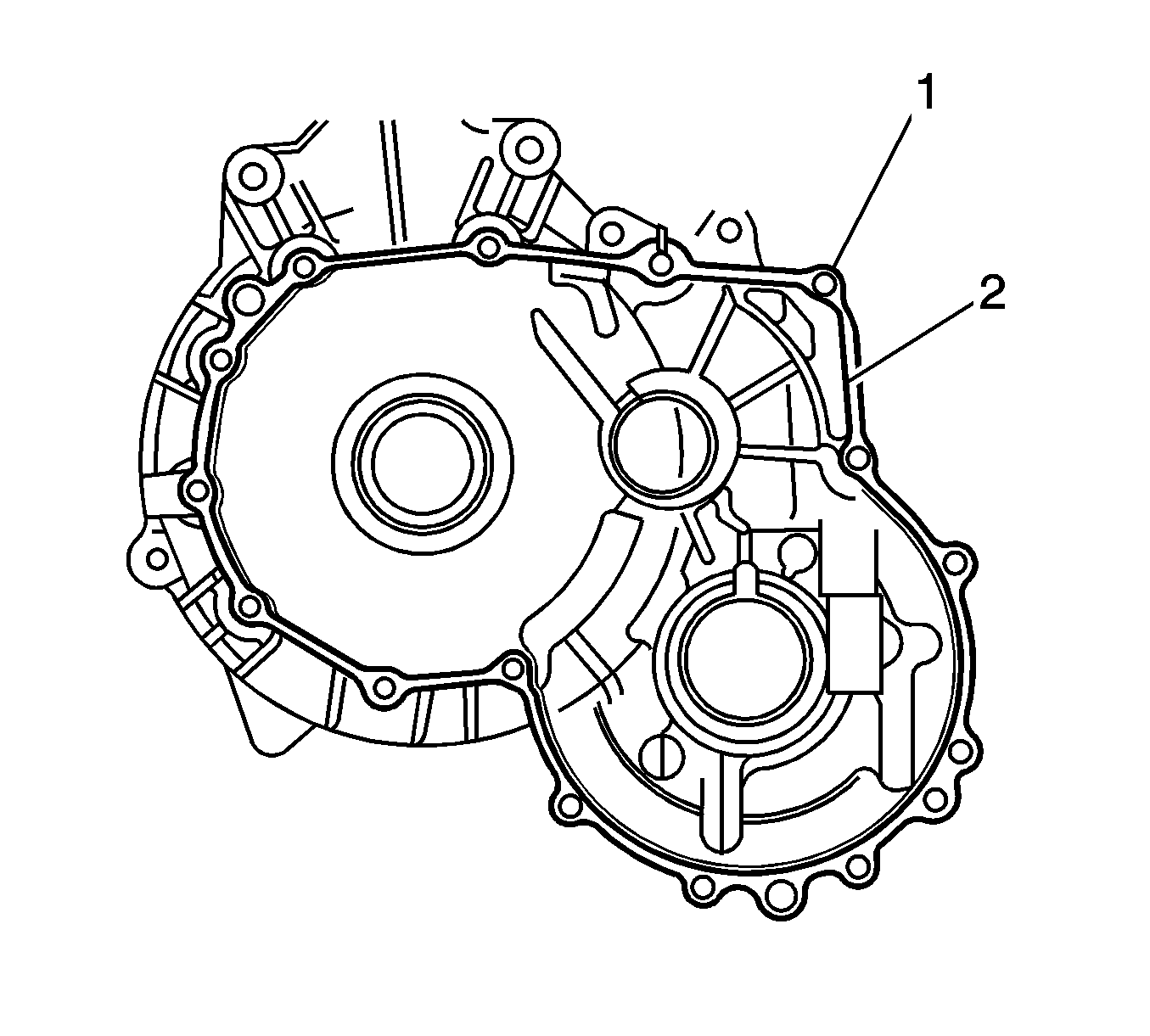
Note: The coat of sealant should be wide and thick, approximately 2 mm (0.08 in) in width and 1 mm (0.04 in) thick.
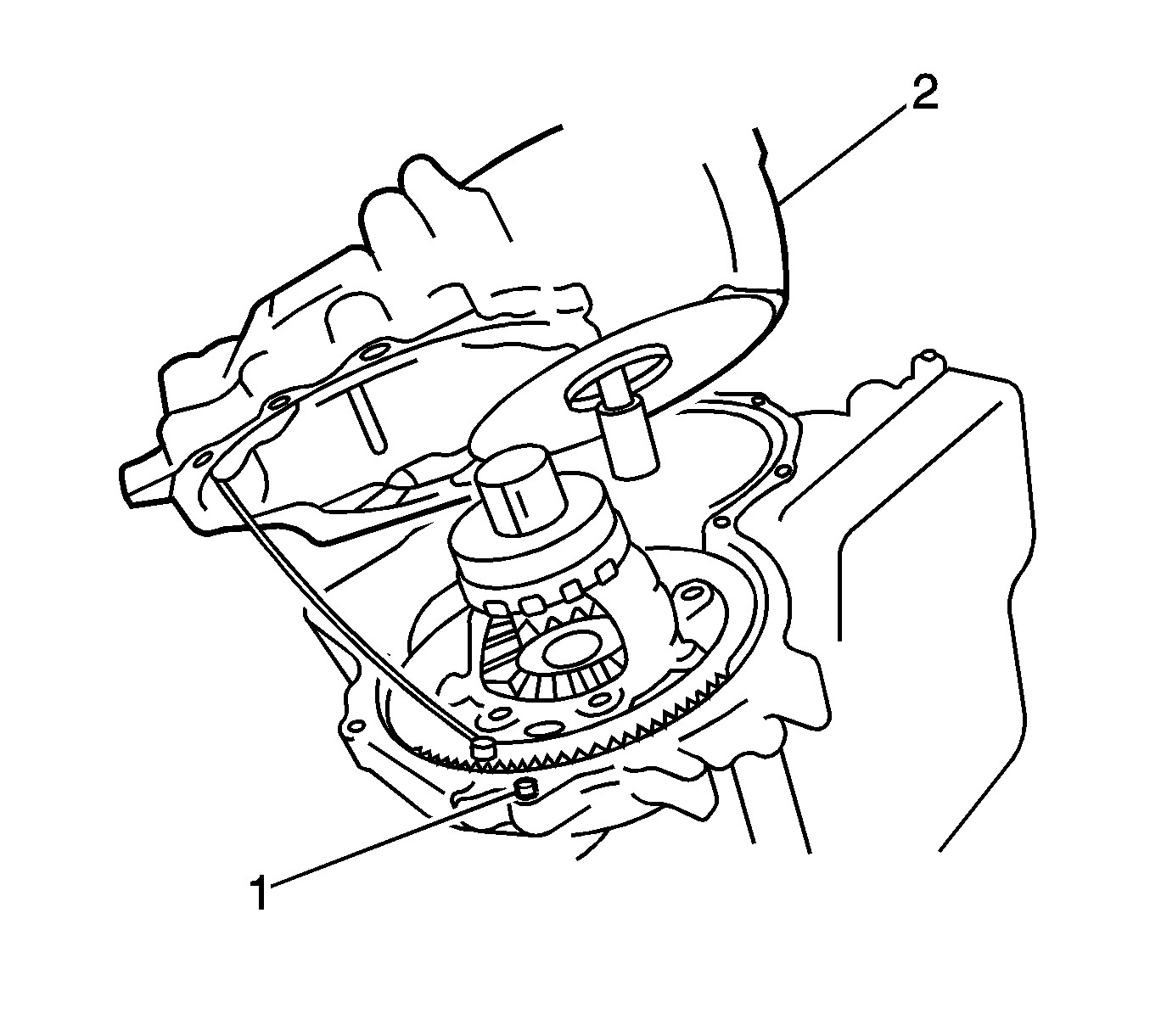
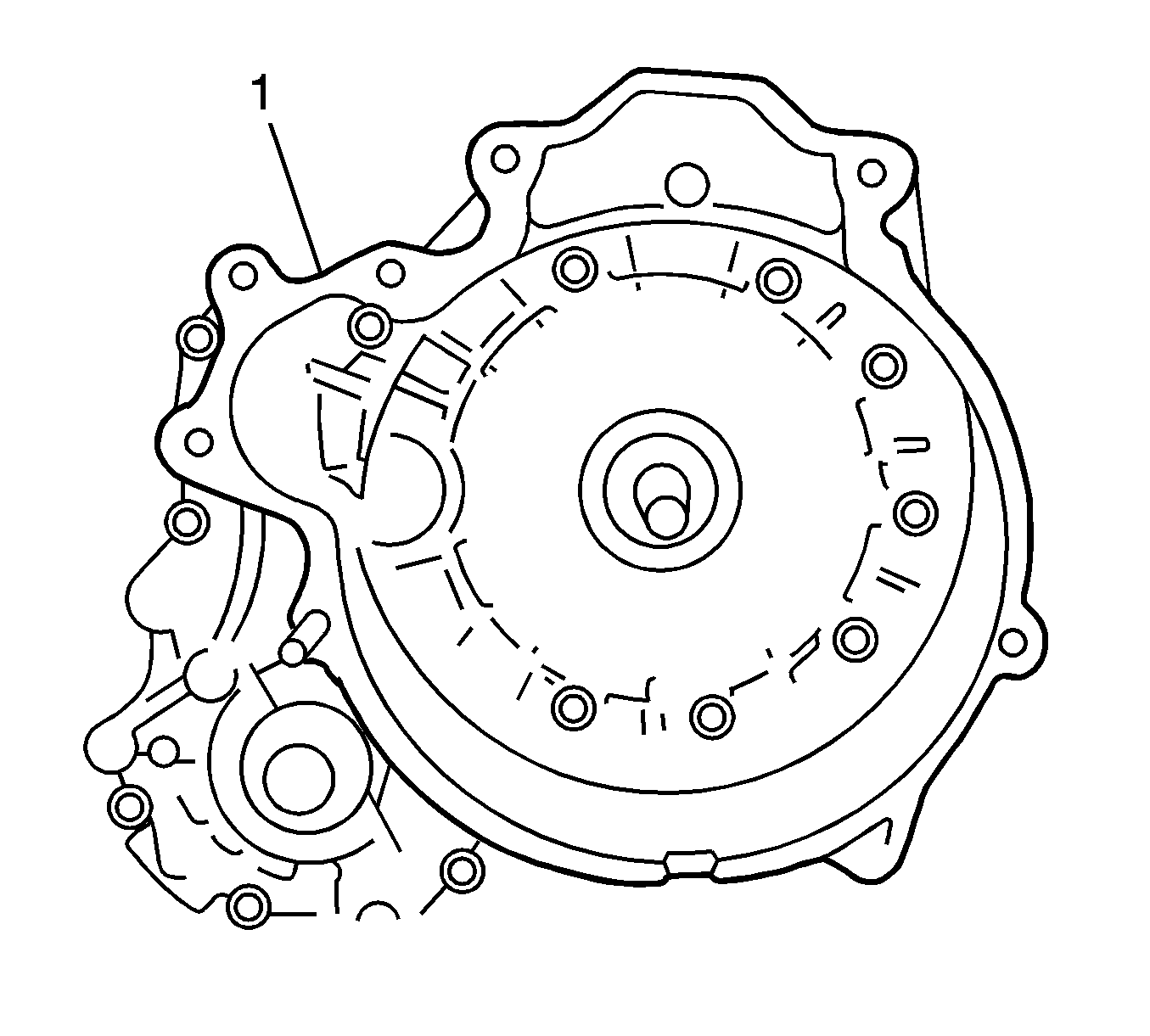
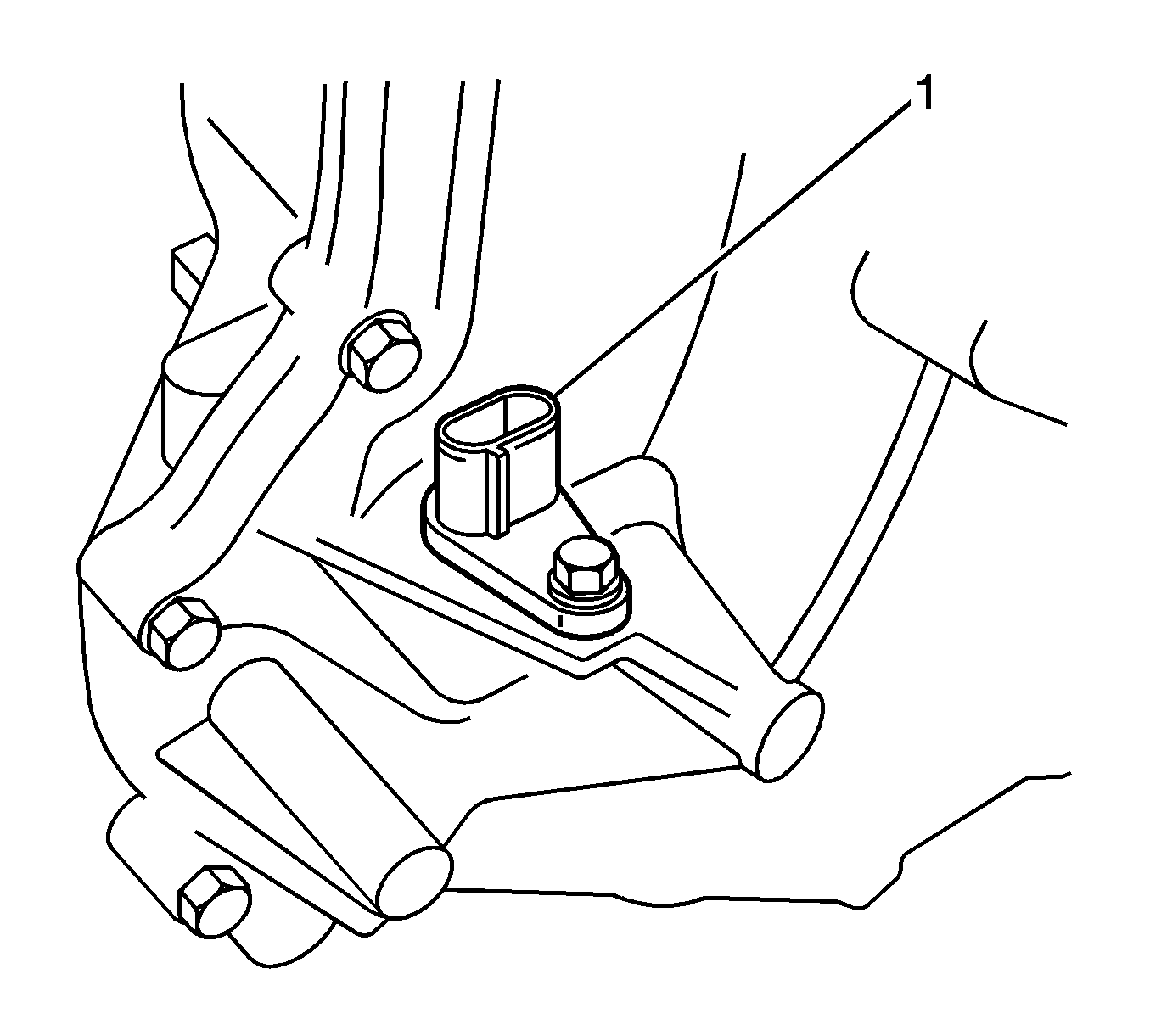
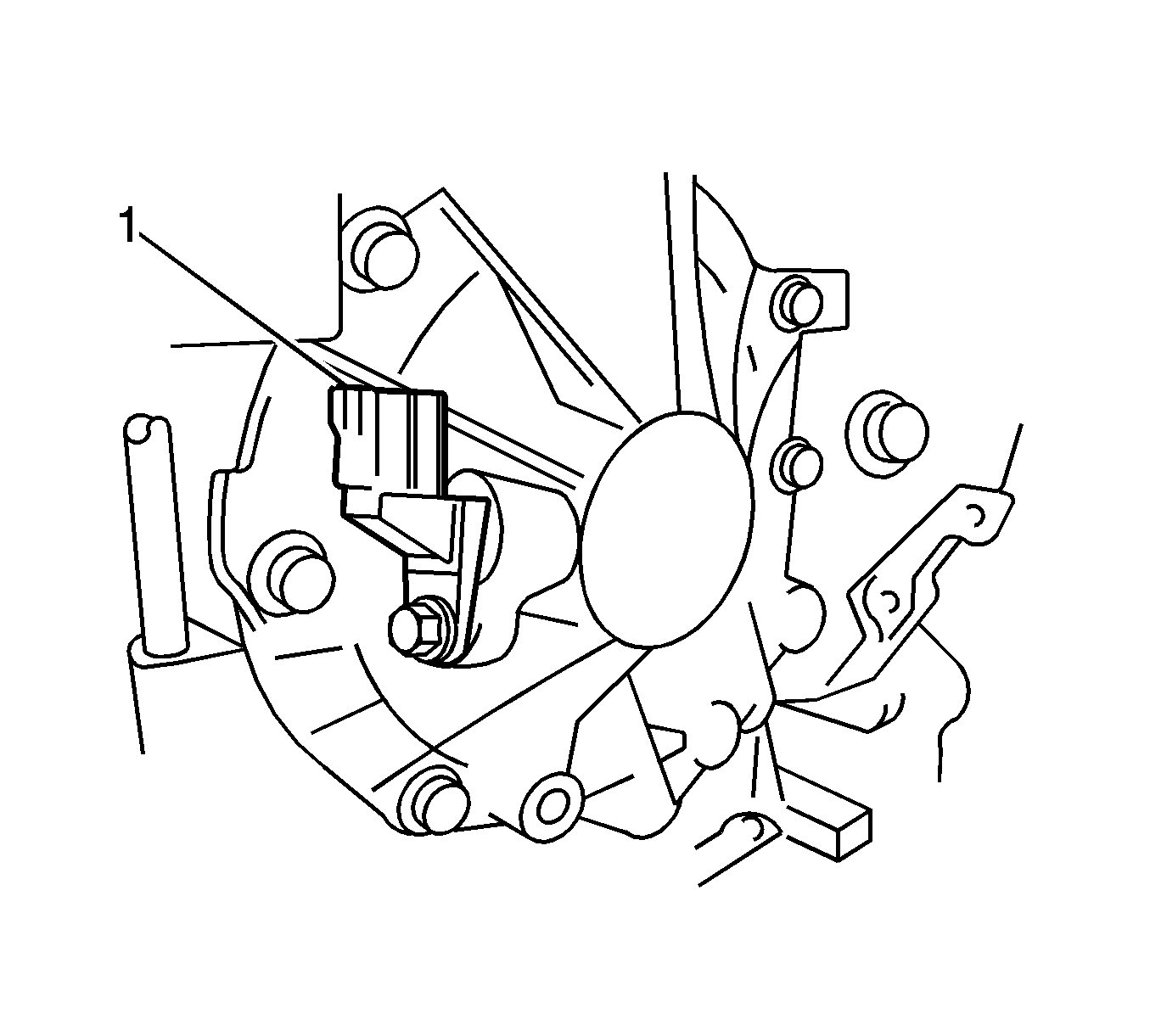

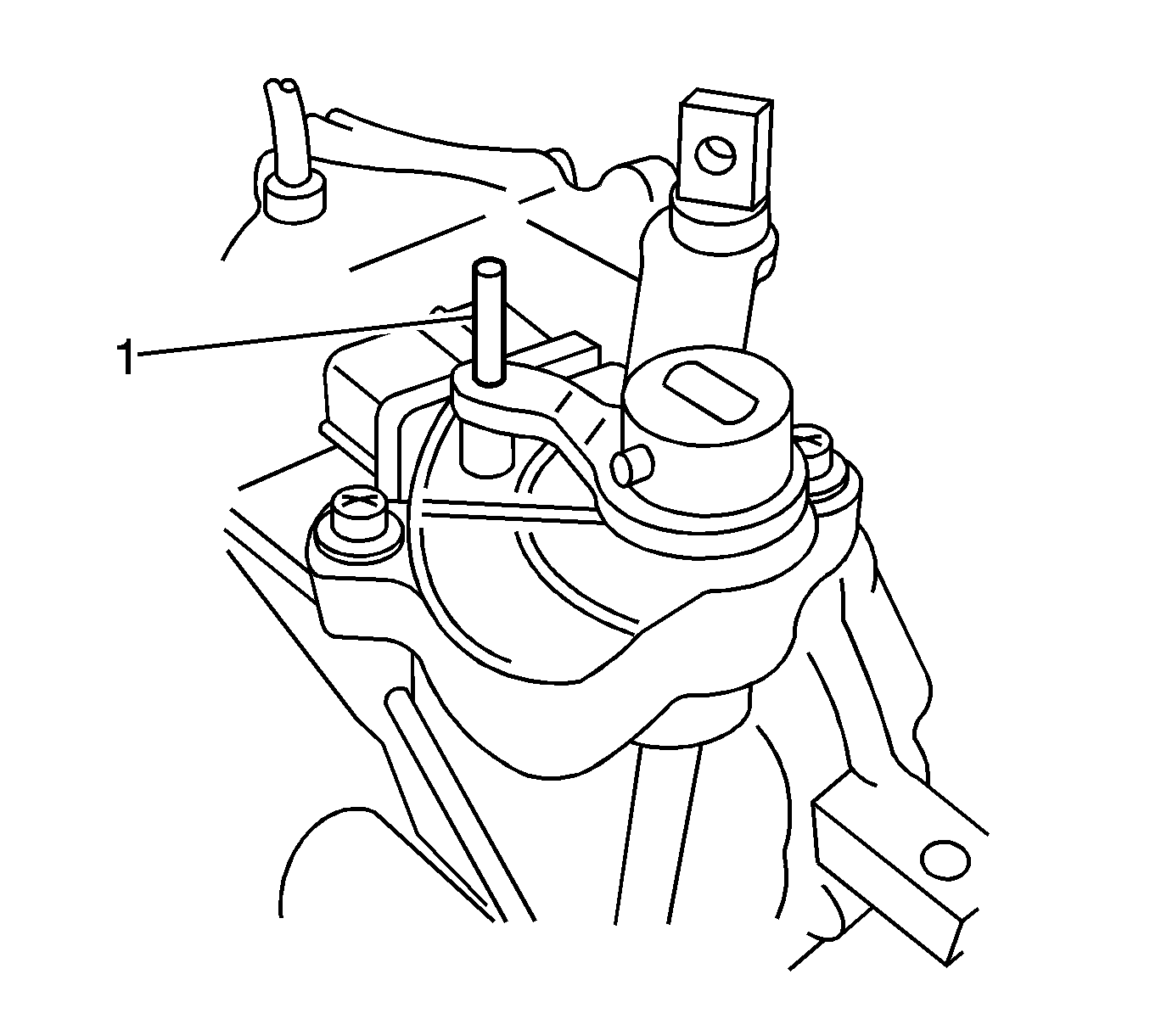
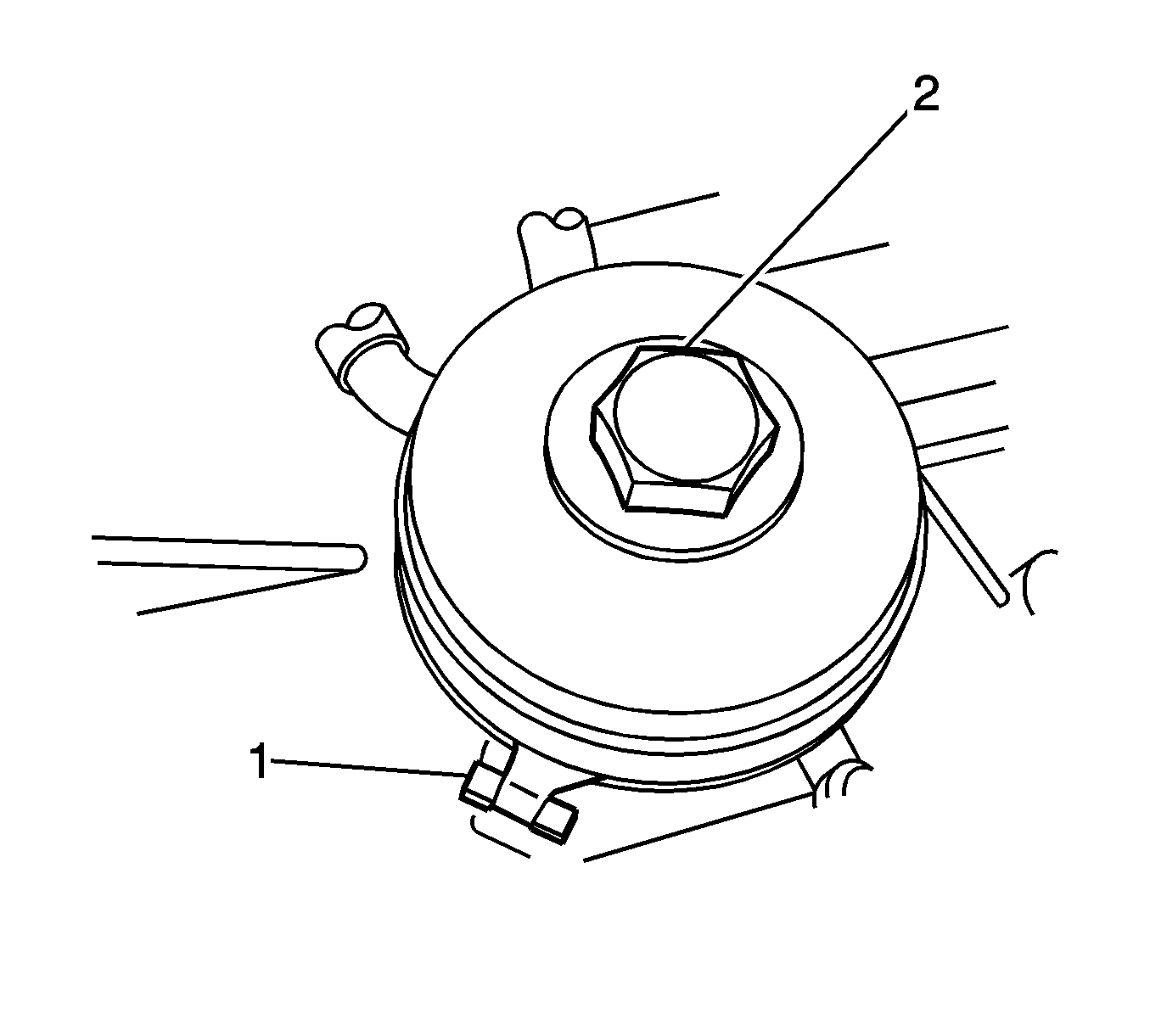
Important: Do not reuse the O-ring before installation, attach the new O-ring to the oil cooler with petroleum jelly.
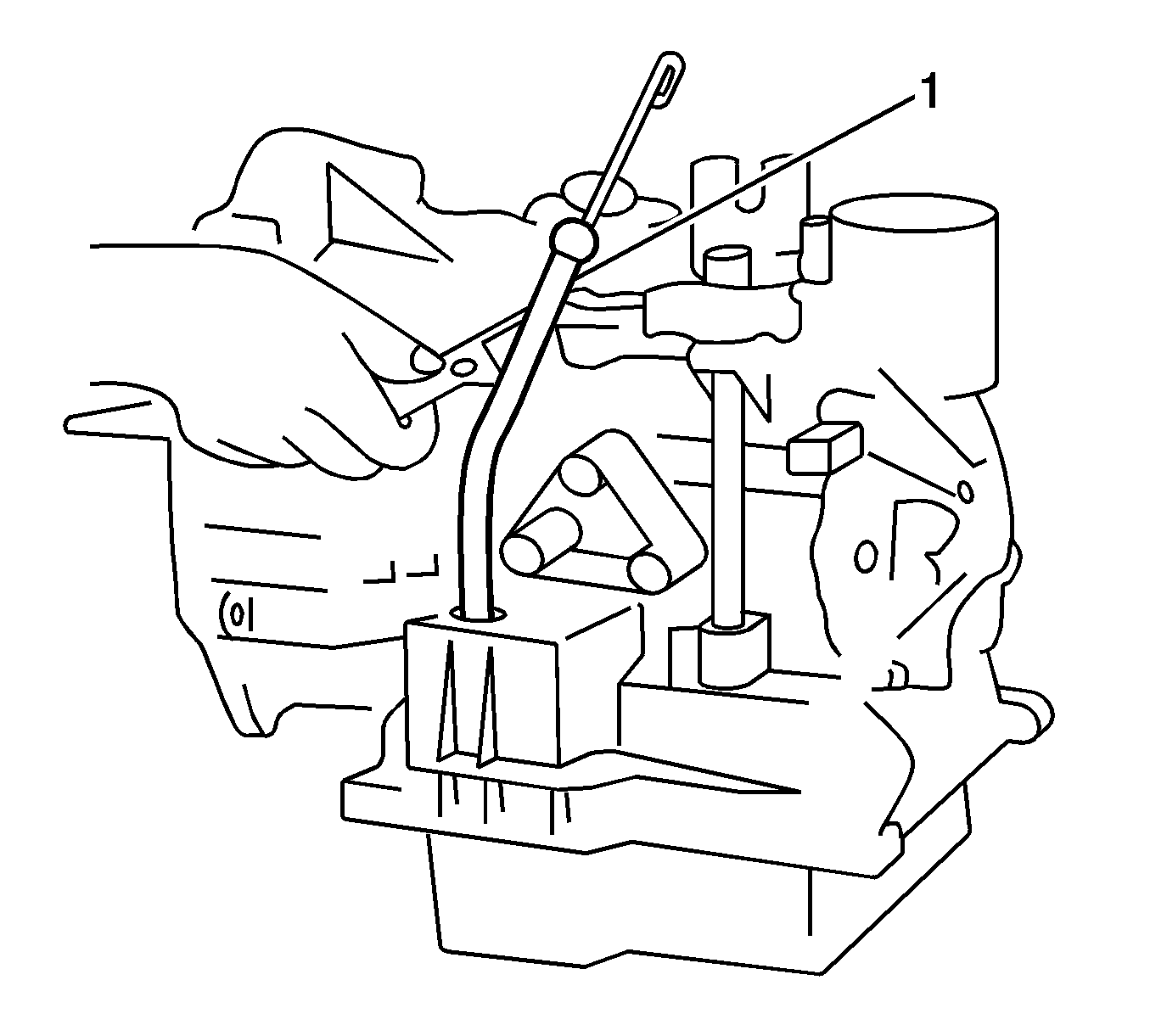
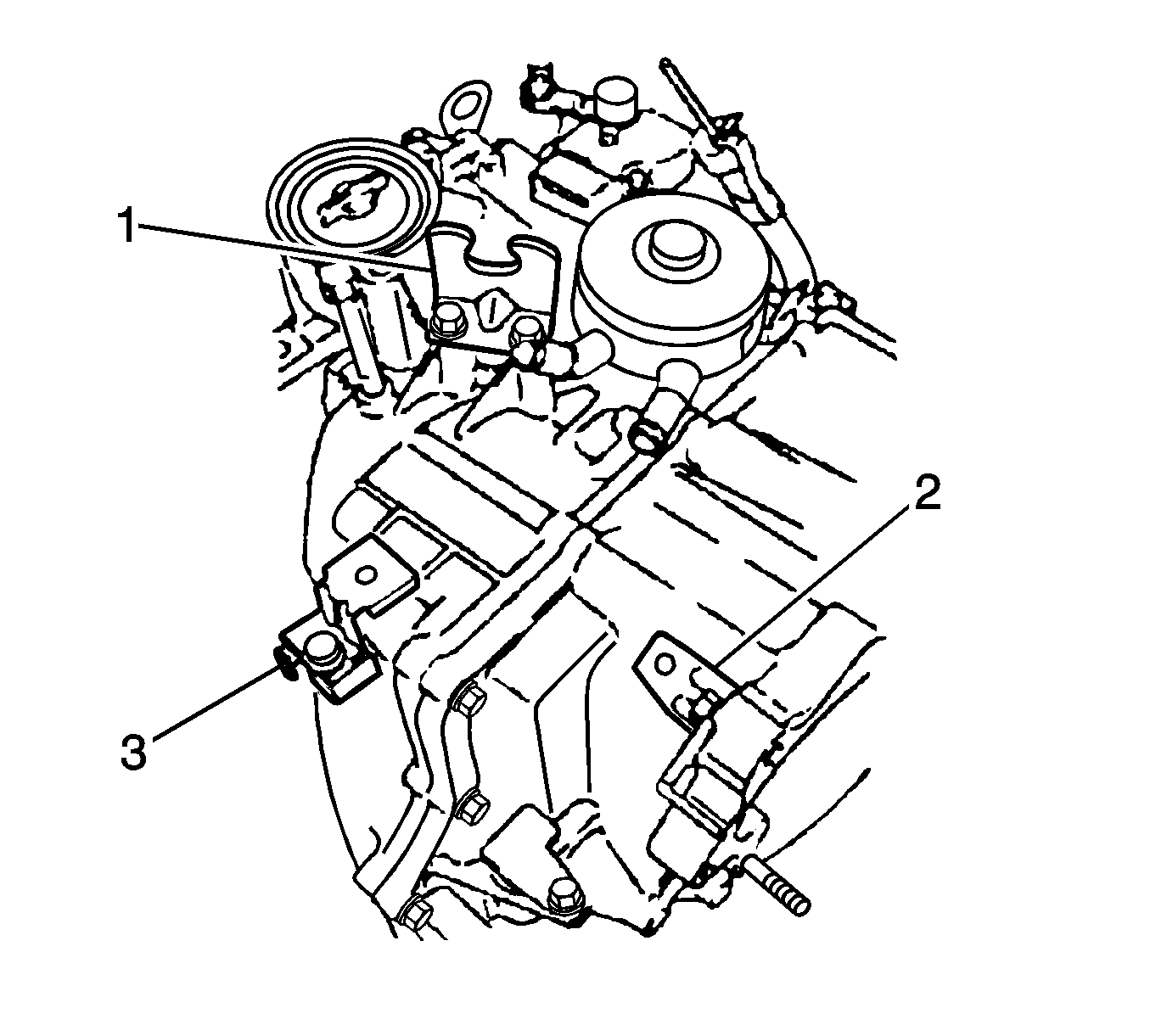
| • | Tighten bracket (3) bolt to 13 N·m (115 lb in). |
| • | Tighten bracket (2) bolt to 44 N·m (32 lb ft). |
| • | Tighten select cable bracket (1) bolts to 20 N·m (14 lb ft). |
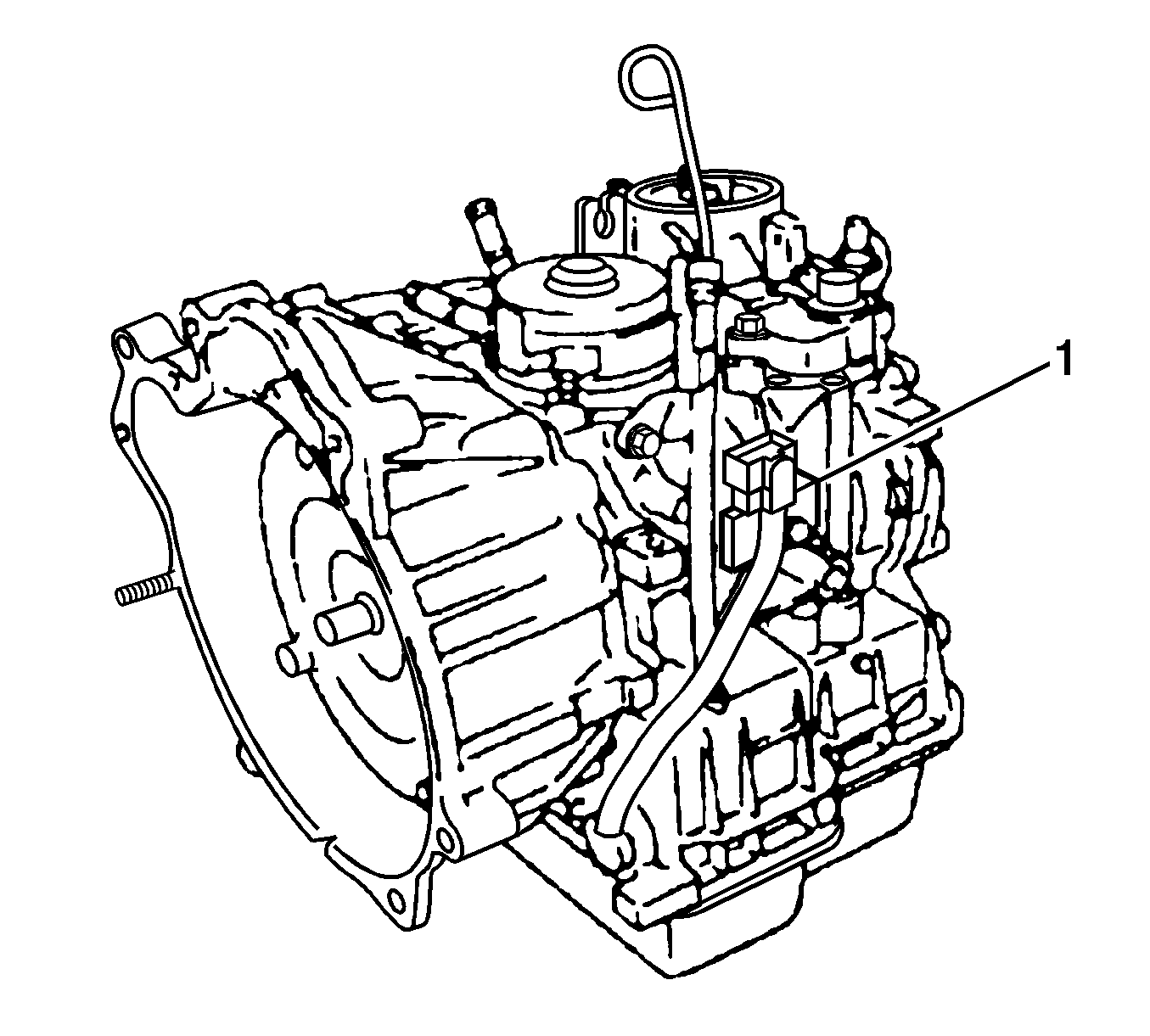
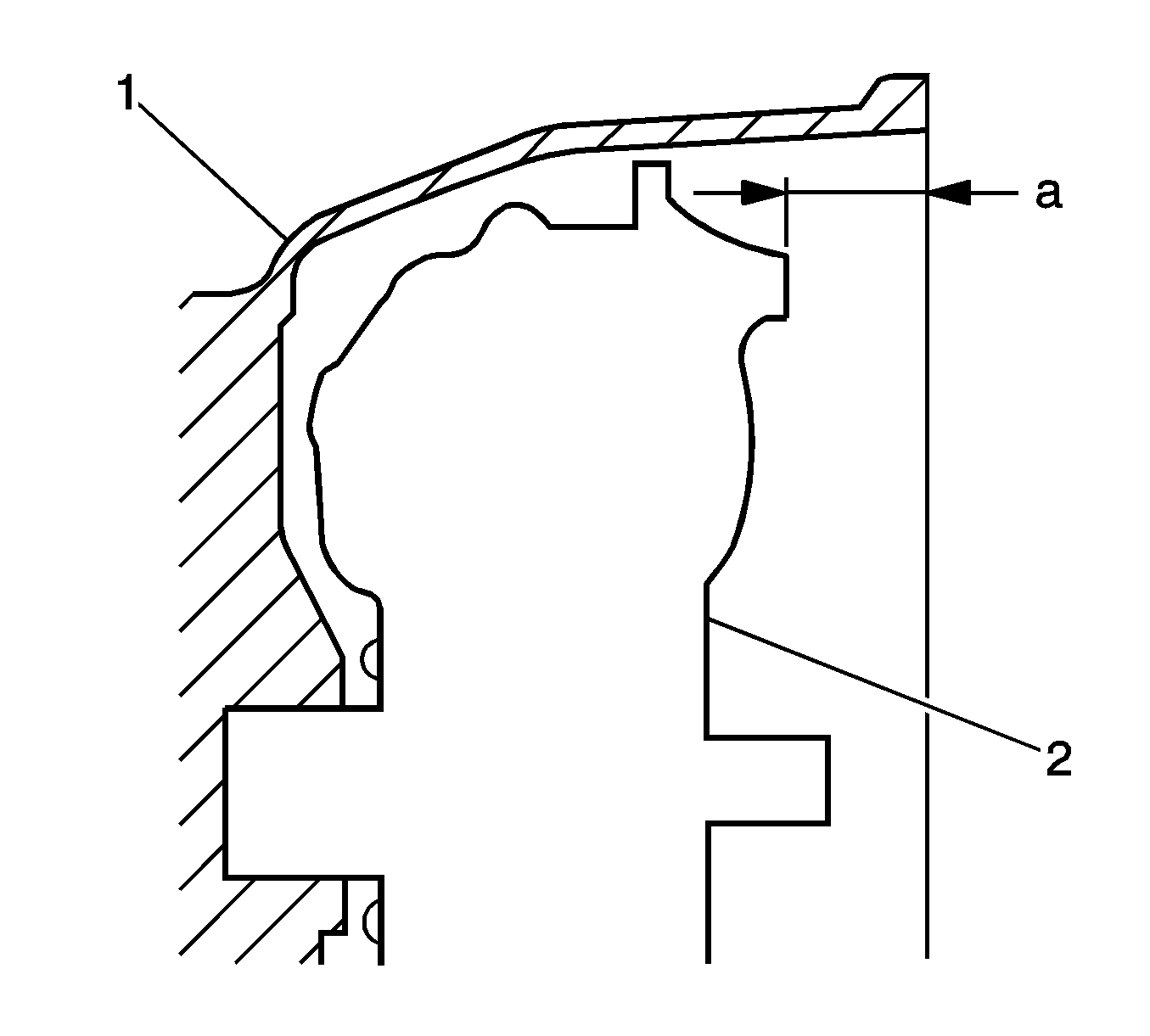
Important:
• Be sure to apply the AT fluid to the O-ring of the input shaft. (To prevent the O-ring from being damaged). • Before installing the converter (1), apply AT fluid to the oil seal lip. (To prevent lip breakage). • Be careful not to scratch or damage the lip of the oil seal with the sleeve during installation. • Do not use force during installation. • Remove all AT fluid which has fallen to the bottom of the housing when applying the AT fluid to the oil seal. • If AT fluid drops when installing the converter, remove it completely. (Do not overleap oil leakage). • When installing the transmission the engine, attach the torque converter (1) to the transmission, then install them with the engine. (If they are connected in a wrong order, the oil seal O-ring or oil pump may be damaged.)
Note: The oil pump may be damaged if the transmission case (2) is mounted on a vehicle with the torque converter attached incorrectly.
Dimension
The dimension a is 23.7 mm or more (0.9 in or more).
